Score: 7/10 (Good) Pros Nice design, paper tray holds half a ream of paper, good printing quality, decent selection of applications. | Cons No option for duplex printing, lacks any type of SD card slot or USB port. | Although they may not be the most exciting pieces of technology, printers are still a very important gadget for any office. Between printing spreadsheets, faxing official documents, and more, an office needs a printer to function properly. With the OfficeJet 6600, HP is looking directly at the market of small business, people who work from their home, or anyone working in a small office cubicle. With a relatively compact design, large loading tray, applications, and more, the 6600 has quite a bit going for it. But, with its lack of a couple key features for an office printer, how does the OfficeJet 6600 stack up to the competition? Let's find out in our full review! Design/Build Quality The OfficeJet 6600 doesn't revolutionize anything for the design of printers. It is your standard black box-looking printer. On the top, you will find the printer's 35-page ADF (Automatic Document Feeder). Lifting up the ADF tray will reveal the printer's scanner. Below the scanner on the right, lies the 6600's 2.65-inch touchscreen. To the left of that is your area to add/replace your ink cartridges. The paper output tray can be found directly below this, and directly below the output tray you will find the paper input tray. What's especially nice about the paper input tray, is that it can hold a total of 250 pages of paper (half of a ream). This is quite helpful, as it does not require you to constantly reload the OfficeJet 6600 with more paper. Throughout the design of the 6600, there are multiple curved and rounded edges and corners. This, along with the combination of glossy and non-glossy black-colored plastic, do make the OfficeJet 6600 easy on the eyes. What's not so great about the OfficeJet 6600's design, is the fact that there are no card slots or USB ports. This means that you have no option to print or scan from a USB flash drive, SD card, or anything. Hardware One of the coolest features of the HP OfficeJet 6600 is its e-print function. E-print allows you to print anything off your printer, no matter where you are. How does it work though? It’s actually quite simple. Once you get your 6600, and
sign onto your account on HP’s website, your printer will be given a random email for itself. By sending emails to the address that is assigned to your printer, your printer will print out whatever you type up in your message. The OfficeJet 6600 also has excellent print quality, while not sucking up too much of your precious ink. Colors are very accurate, pictures are detailed, and after printing numerous text documents and high quality images on photo paper, the ink cartridges were still less than half empty. There is one downside though when it comes to printing on the 6600. There is a very noticeable lack of duplex printing (being able to print on both sides of a piece of paper). This feature is quickly becoming very common on inkjet all-in-one printers, and the savings cost of paper it provides is huge. Not having this on the 6600, especially when it is being marketed towards small business and home offices, is very strange, and also a bit of a letdown.
Software As mentioned earlier in the Design/Build Quality part of the review, the OfficeJet 6600 features a 2.65-inch touchscreen. From this touchscreen, you control what you print, scan, fax, copy, etc. All of the printer's functions are accessed through the touchscreen. To left of the touchscreen, there is a home button and a left arrow button. On the right, lies a help button and a right arrow button. From your home screen, you have large icons for Copy, Fax, Apps, Scan, Setup, Auto Answer, and Discover. Above these icons, are four smaller buttons. From these buttons, you can check to see if the 6600 has any available software updates, the status of its Wi-Fi connection, settings for the display's brightness and timeout, and the amount of ink remaining in your ink cartridges. One feature on the OfficeJet 6600 that I really liked were the apps. The 6600 comes preloaded with the option of being able to print notebook paper, blank music sheets, calendars, checklists, and more. You also have access to a fairly large app store. From here, you can download apps that allow you to print puzzles, crosswords, coloring pages, coupons, menu planners, among other things. Final Verdict So, is the HP OfficeJet 6600 a good printer for small businesses and home offices like HP is marketing it to be? Yes and no. The OfficeJet 6600's nice design, large paper holding tray, great print quality, and downloadable applications make it very efficient. However, due to the lack of duplex printing, and the noticeable absence of an SD card slot and USB ports, the 6600 isn't quite as versatile as I would have liked. For $125, the OfficeJet 6600 isn't a bad printer by any means. It has all of the basics you need from a printer, and puts them in a relatively nice looking box. With that said, if you are looking for a printer for business use, you might want too look elsewhere for something that has duplex printing and an SD card slot and USB ports. Author: Joseph Maring
Score: 9/10 (Fantastic) Pros Beautiful design, feels sturdy and durable, great-looking display, fast and snappy, excellent camera. | Cons Only 16GB of internal storage with no option to expansion, T-Mobile's network still has room to improve, WP8 still lacks a lot of applications. | Nokia's current line of their highest-end smartphones is the Lumia 920 series. Rather than creating one single flagship device and releasing it to all major carriers like most manufacturers do, Nokia has released numerous variants of the same phone to multiple carriers. AT&T got the ball rolling with the Nokia Lumia 920 last year, Verizon recently followed suit with the Lumia 928, and now T-Mobile has their version with the Nokia Lumia 925. All three of these handsets are essentially the same smartphone, but each has its own set of specific factors and features that still make them unique. The Nokia Lumia 925 is the latest in the Lumia 920 series, and with a 4.5-inch 720p HD display, Qualcomm Snapdragon S4 Pro processor, an 8.7MP rear-facing camera, and a beautiful design, it certainly has what it takes to be a true flagship device. The Lumia 925 is easily the best Windows Phone 8 device you can currently get on T-Mobile, but what about the best Windows Phone in general? Let's found out in our full review!
NOTE: Since the Nokia Lumia 925 has some hardware and software specifications that are identical to the Nokia Lumia 928, parts of this review have been taken from our review of the 928. Design/Build Quality The most striking feature about the Lumia 925 is most definitely its design. With its aluminum frame and polycarbonate back, the Lumia 925 is a phone that you want to look at. The rounded aluminum frame gives the phone a nice flare of elegance, while the polycarbonate back makes the phone comfortable to hold in the hand. Although it may not be the thinnest or lightest phone at 5.08 x 2.75 x 0.33 inches and with a weight of 4.9 ounces, the 925 is far from feeling like a brick. Hardware At 4.5-inches, the Nokia Lumia 925's screen is relatively smaller when compared to other flagship handsets. The screen resolution is also lower to, at 1280 x 768. Despite the lower resolution, the display on the Lumia 925 looks darn good. The 925 uses an AMOLED screen, and also takes advantage of Nokia's ClearBlack screen technology which allows for really deep blacks on the display. The color-filled world of Live Tiles pops on 925's screen, and with 332 ppi, text is razor sharp and Web pages, pictures, games, and video all look fantastic. Along with it's good looks, the 925's screen is also a Corning Gorilla Glass 2 panel, so you won't have to be worried about scratching up your oh-so pretty display.
Even though its 1.5GHz dual-core Qualcomm Snapdragon S4 Pro CPU and 1GB of RAM don't sound impressive on paper, the Nokia Lumia 925 isn't a slow phone by any stretch of the imagination. In my time with the device, the Nokia Lumia 925 never seemed to want to slow down. Whether I was scrolling through my Live Tiles, streaming YouTube videos, browsing the Web, or playing a game like Temple Run, the Lumia 925 always felt like a processing powerhouse. What's great about Windows Phone 8, is that it doesn't require nearly as much processing power to run fluid and smoothly like Android-powered handsets do. Because of this, you can get excellent performance without having to have the absolute latest CPU and/or a high amount of RAM. The Lumia 925 also comes with 16GB of internal storage, but lacks an option to expand it via microSD card. This is a bit of a downside, considering that it isn't too difficult to blow through 16GB of storage when download apps, games, music, etc.
The Nokia Lumia 925 is packing in a 8.7MP rear-facing camera, along with a 1.3MP shooter on the front. The front-facing camera takes fine pictures, but the real magic lies with the main camera on the back. Along with having 8.7MP, the camera also has a Carl Zeiss lens with Nokia's PureView camera technology. What does this mean exactly? It means that the Nokia Lumia 925 takes incredible photos. Colors are accurate without being washed out or over-saturated, details are sharp, and the depth of field is amazing. The Lumia 925 also utilizes a dual-LED flash for taking low light photos. While not quite as good as the xenon flash found on the Lumia 928, the dual-LED was able to produce some pretty good looking photos when using it in situations when there was little-to-no light. The Nokia Lumia 925 is an exclusive to T-Mobile, and although their 4G LTE coverage is still expanding, there are a lot of areas where T-Mobile's service just doesn't work. Where I live, I am able to get 4G LTE with Verizon, 4G through AT&T, and 3G when on Sprint. When using T-Mobile, however, I only get 2G service, and usually 1-2 bars of service at that. When I ventured to areas where T-Mobile's service was stronger, I got great call quality when talking on the phone. People I talked to were loud, audible and clear. Unfortunately, due to T-Mobile's still-growing network, I was unable to test out the 4G LTE capabilities of the phone. If you live in an area where T-Mobile's service is strong, you shouldn't have any issues at all. Just be sure that you check out their coverage map if and when you do decide to purchase the Lumia 925. To get you through your days of use, the Lumia 925 has a 2,000 mAh non-removable battery. Despite it not being the largest battery we've ever seen, the 925 impressed me with just how long it could last. From turning the phone out at around 7:00 AM and with moderate usage of texting, Web browsing, application usage, and picture taking, I still had about 18% remaining at 11:00 PM. I was always able to get though a full day of use with the 928, and never found myself looking for my charger before 8:00 PM, even with heavy usage throughout the day.
Software The Nokia Lumia 925 is running on Windows Phone 8. Windows Phone 8 is the latest iteration of Microsoft's mobile OS, and personally, I love it. The biggest feature of WP8 is easily the Live Tiles. The Live Tiles are present on your Start screen, which is essentially your main home screen. As I've mentioned before in previous reviews of Windows Phone 8-powered devices, Live Tiles present you with live information that is relevant to that specific app. For an example, the IMDb Live Tiles shows the latest bit of movie news, and The Weather Channel Live Tile shows information based on the weather locations in your area. You can place the Live Tiles wherever you want to on your Start screen, and can adjust the size of them as well. One of the coolest features on WP8 is the Me Tile. From the Me Tile, you can see notifications, see what's new, and post updates to all of you social networking websites. You can also add Live Tiles for individual contacts as well. From these Live Tiles, you can see updates from all the social networking sites that that contact is on, write on their Facebook Wall, mention them on Twitter, and more. These features make WP8 a very unified operating system, and makes the OS feel clean and organized.
Since the Lumia 928 is manufactured by Nokia, you have access to Nokia's killer selection of Windows Phone 8 applications. These apps include Nokia Music, SophieLens, Nokia Cinemagraph, HERE Drive+, HERE City Lens, HERE Transit, and more. All of these apps work great, and really differentiate the Nokia Lumia Windows Phone 8 devices from handsets such as the HTC 8X and Samsung ATIV Odyssey.
While talking about apps, let's discuss Microsoft's app store for Windows Phone. Microsoft's Windows Store is the application store for all Windows Phone devices, and while improving, there is still a bit of catching up to do. Sure, there are official apps for things like Pandora, The Weather Channel, Skype, Facebook, Twitter, etc., but there are a lot missing as well. There are no official apps for Vine, Instagram, YouTube, Gmail, Google Maps, Cozi, and Trello, just to name a few. If Microsoft could ever get the Windows Store up to the quality of the Apple App Store and Google Play Store, they could have a winning mobile OS on their hands. Final Verdict So, is the Nokia Lumia 925 one of the best Windows Phones that you can buy? It sure is. At least for right now. Nokia is bound to show off some new hardware before the year is over, and with the inevitable release of Windows Phones with 1080p Full HD screens, it might now hurt to wait a few more months to see what both Nokia and Microsoft have up their sleeves. With that said, if you are a T-Mobile customer looking for a new Windows Phone 8 handset, you really shouldn't be looking any further than the Nokia Lumia 925. Although it does have its flaws, you'd be hard-pressed to really let those damper the overall experience of this sexy beast. Author: Joseph Maring
Score: 7/10 (Good) Pros Premium design, bright and beautiful screen resolution, incredible processing power, great call quality. | Cons Doesn't feel especially durable, screen is too small for heavy media consumption, auto-focus issues with camera, iOS feels limited in features and functionality. | The Apple iPhone 5. One of the absolute hottest smartphones on the market is just about a year old. Despite it's age though, the iPhone 5 is still one of the biggest phones currently available. With a 4-inch HD display, dual-core A6 processor, 8MP iSight camera, and more, the phone still retains some fairly impressive specifications. Is it enough though to still be a viable purchasing decision? Find out in our full review! Design/Build Quality From a design standpoint, the iPhone 5 still looks really good. Measuring in at 4.87 x 2.31 x 0.30 in and with a weight of 3.95 oz, the iPhone 5 is very thin and lightweight. With a clean front, two-tone color scheme on the back, and its aluminum and glass body, the phone looks phenomenal. However, while it certainly has the looks, it doesn't quite stack up when it comes to durability. The iPhone 5 feels very fragile, and collects dings and scratches within a matter of days. Although the unit that I reviewed has been handled by other journalists in the past year, I noticed a few new imperfections on the device during my short time with it. There's no doubt that the iPhone 5 is pretty, but it just doesn't have the strength to back it up. When the iPhone 5 was first released, one of the most talked about features was the Lightning connector. The iPhone 5 was the first Apple product to move away from the standard 30-pin connector, in place of the smaller and more durable connection. The best part about the Lightning connector is that it's reversible. This means that, unlike standard microUSB charging cables, there is no wrong way to plug in the Lightning connector to the iPhone 5. Even though this doesn't sound like a huge deal, you won't want to go back to microUSB after using it. Hardware Another big feature of the iPhone 5 is the screen. Unlike all previous iterations of the iPhone, the iPhone 5 has a 4-inch screen with a pixel resolution of 1136 x 640. Although that doesn't sound like a lot of pixels, the iPhone 5 manages to cram in 326 ppi. Colors look bright and beautiful, video is sharp, text is crisp, and games look fantastic. However, at just 4-inches, the screen feels a bit small for my taste. Although bigger than all iPhones before it, the iPhone 5 just feels tiny. While great for one-handed use, the smaller screen makes playing games and watching video on the iPhone 5 less enjoyable than on phones with larger screens, such as the Samsung Galaxy S4, LG Optimus G Pro, Nokia Lumia 928, etc. Now, in terms of processing speeds, the iPhone 5 is packing in a 1.3GHz dual-core A6 processor and 1GB of RAM. Despite having seemingly low specs, the iPhone 5 is an incredible performer. Whether I was browsing the Web, streaming music or video, playing the latest game, and more, the iPhone 5 had no trouble at all keeping up with everything I threw at it. Even with multiple applications open at once, the iPhone 5 never slowed down.
For all of your picture taking wants and needs, the iPhone 5 has an 8MP rear-facing iSight camera, along with a 1.2MP front-facing shooter. In my time with the phone, I had a mixed bag of results with the camera. While able to capture a few really good looking images with the 8MP iSight camera, I had a bit of an issue getting the auto-focus to work properly. Many of my pictures that I took turned out soft and muted, due to the fact that I couldn't get the camera to focus on my subject correctly. The camera isn't horrible, but there are much better smartphone camera offerings currently available. As the name suggests, the iPhone 5 is still a phone. Call quality was fantastic on both ends. People I talked to were loud and clear, and I was told that I sounded great on their end as well. Data speeds through Verizon Wireless were also blazingly fast. The battery on the iPhone 5 is non-removable, and is smaller than current flagship smartphones at just 1440 mAh. Despite its small size, I had no real issues with getting through a full day of use with the phone. When turning it on at 8:00 AM, and with moderate application usage, downloading multiple apps, low picture taking, and heavy texting, I still had about 10% remaining at 9:00 PM. Software The iPhone 5 is currently running iOS 6, with a planned upgrade to iOS 7 when it launches later this fall. This is the first time that I have ever used iOS for an extensive period of time, and I found that there were some features I really liked about the mobile operating system, and others I hated. The big thing about iOS is how simple it is to use. On the iPhone 5, your home screens consists of a 4 x 6 grid where all of your installed applications live. From the home screen, you can rearrange how the applications are placed on your home screens, as well as make folders for them. Unfortunately, that's about it. You won't find any widgets here. Just app icons. One of the newest additions to iOS is Notifications. Although present on Android since the very beginning, Notifications are a relatively new feature to iOS. Despite being late to the party, I will say that I really like what Apple's done with the notifications on iOS. Swiping down from the top of the screen will bring you your notifications tray. From there, you can see the current weather conditions, what situation the stock market is at, and can even post updates to your Twitter and Facebook profile. A big staple of iOS is Siri. Although Siri might be the most popular mobile voice assistant, that doesn't mean she's the best. She's actually far from it. When comparing Siri to Google Now through the Google app on the iPhone 5, I found that Google Now was much faster in delivering me the weather, stock market numbers, and especially Web search results. However, I did find that Siri performed better with functions such as settings alarms, opening apps, and functions that had to do with the phone itself. Another big aspect with iOS is the App Store. The App Store is without a doubt the best application market on any mobile platform. With exclusive apps like Tweetbot, Circa News, Tiny Wings, Infinity Blade, and more, the App Store truly has better content offerings than Android, Windows Phone, or anything else. Even with access to the App Store, I still found myself quickly getting bored with iOS. The operating system just doesn't compare to Android, and even Windows Phone 8, in terms of customization and features. Sure it's simple to use, but it's almost too simple for me. I understand that thousands and thousands of people adore Apple's mobile operating system, but at its current state, it's just not for me. With iOS 7 just around the corner though, my opinion could very well change once it's publicly available. Final Verdict So, is the iPhone 5 a good phone. Of course it is. With an elegant design, beautiful display, incredible processing power, and more, there's a lot to like about it. However, with the nearing announcement of the iPhone 5S and 5C, you're better off waiting to see what Apple has up their sleeve later this year. If you absolutely need a new iPhone right this very minute though, I don't think you'll be disappointed with the iPhone 5. Sure, I had my issues with the questionable durability, smaller screen size, underwhelming camera, and limitations of iOS, but if you're a hardcore Apple fan, I don't think you'll have a hard time at all falling in love with the iPhone 5. Author: Joseph Maring
Score: 8/10 (Great) Pros Outstanding and elegant design, beautiful display, fast and zippy, camera takes impressive photos, great call quality, strong battery life, WP8 is still buttery smooth, currently free with a new two-year contract on Verizon. | Cons No expandable storage, lack of Nokia apps is noticeable, WP8 still doesn't have the content offerings of other operating systems. | When you think of Windows Phone 8, you most likely think of Nokia. This is understandable, seeing that the Finland-based company is the largest manufacturer of WP8 handsets. While Nokia has rolled out some incredible WP8 handsets in the past year, there is another company who's crafted a pretty awesome Windows Phone 8-powered gadget of their own. That company, is HTC. Although there have recently been some reports suggesting that HTC is looking to get out of the Windows Phone market, the HTC 8X is one heck of a smartphone. Let's find out why in our full review! Design/Build Quality There are many high points of the HTC 8X. One of my favorite aspects though, is easily the design. Measuring in at 5.21 x 2.61 x 0.40 in, and with a weight of 4.59 oz, the 8X is compact and slim. With the edges of the phone having a nice upwards curve, and with a gentle slope on the back, the phone feels fantastic in the hand. On the top of the phone, you will find your 3.5mm headphone jack, along with the power/lock button. The right-hand side is home to the volume rocker and camera capture button, with the microUSB syncing/charging port resting on the bottom of the handset. The 8X also comes in a good variety of colors, with your choice of a blue, red, yellow, and black option. The model that I got to review is the blue version, and it looks absolutely gorgeous. The blue is visible on the front edges of the phone, with a blue accent even making its way to the speaker at the top of the phone. The entire back is also covered in the stunning color, and is present on all of the physical buttons as well. I have reviewed many phones here at MobileCupOfJoe, and the HTC 8X is easily one of the best designed I have yet to use. It may not be up to the ultra-high design quality of the HTC One, but it's still impressive. Hardware With a 4.3-inch screen, the 8X has a smaller form factor than we usually see nowadays. While 4.3-inches sounded like it would be way too small after having worked with smartphones that have 5.0 and 5.5-inch screens, the smaller form factor was actually a nice breath of fresh air. I had no trouble at all being able to get to all parts of the screen while using the device with one hand, and it fit perfectly in my jeans' pocket. The display has a pixel resolution of 1280 x 720, and although 1080p Full HD screens as becoming the norm for flagship smartphones, the 8X is cramming in 342 ppi. Colors look vibrant and nicely saturated, text is crisp, and HD videos look surprisingly nice on the smaller screen size. Along with the great looks, the 8X's screen also has quite a bit of strength with Corning Gorilla Glass 2 protecting it from any potential scratches or cracks. Like most Windows Phone 8 flagships, the HTC 8X is packing in a 1.5GHz dual-core Qualcomm Snapdragon S4 Pro CPU and 1GB of RAM. Any Android user would take one look at these specifications and scoff in disgust. I did to the first time I used a WP8 device, but as any Windows Phone 8 user would expect, the 8X is incredibly fast. Thanks to the way Microsoft has designed WP8, the OS doesn't require the latest and greatest processing power to run smoothly. Between browsing the Web, streaming YouTube videos, and playing a quick game of Temple Run, everything runs great. The 8X also comes equipped with 16GB of internal storage, but lacks an option to expand it via microSD card. The HTC 8X is packing in an 8MP rear-facing camera, along with a 2.1MP front-facing shooter. Despite being a lower 8MP sensor, the 8X's rear-facing camera took some mighty good looking photos. Colors were true-to-life, close-up shots provided tons of detail, and everything just looked great. The front-facing camera is also a strong performer. The 8X's front camera uses an exclusive 88° ultra-wide-angle lens to capture a wider angle when using it. This means that you can fit more people into your group photos, and makes taking selfies a breeze. The last picture in the album was taken with the front-facing camera. The HTC 8X is available from both AT&T and Verizon Wireless, and I reviewed the model on Verizon. Call quality was great, with people on my end sounding loud and clear, and everyone I talked to saying that I sounded good on their end as well. Data speeds were also ultra-fast, as they normally are with handsets with access to Verizon's brilliant 4G LTE data coverage. In terms of download speeds, I averaged out at 18Mbps and had a spike of 35Mbs. Upload speeds were strong as well, with an average of 4Mbps and a spike of 6Mbps. To last you through all of your long days of use with the phone, the 8X houses a non-removable 1,800 mAh battery. Despite it being a smaller battery than we usually see in flagship smartphones, I had no issues with getting through a full day of use with the 8X. If I turned the phone on at 8:00 AM, and used it with moderate application usage, checking emails, Web browsing, light picture taking, and heavy texting, I still had around 15% remaining at 11:00 PM at night. Software The HTC 8X is running Windows Phone 8. Although it may not be the most popular mobile OS, I have become quite fond of WP8 after having reviewed multiple devices that are running it. I am not going to run through all of the features of it in this review (since I just did a review of the Nokia Lumia 928) but all of the customization features you have come to expect from WP8 are still present here on the HTC 8X. HTC has included a few of their own apps on the 8X, including Flashlight, HTC, Photo Enhancer, and more. Out of all of these, the HTC app is easily the most robust/useful. From the HTC app, you can view the weather, stocks, and news. While the software is essentially the same as most WP8 handsets, there is one aspect of the 8X that I wasn't a huge fan of. The lack of Nokia applications. Since Nokia is the largest manufacturer of Windows Phone devices, they have created numerous apps for WP8 that are exclusive to their handsets. These include Nokia Music, Nokia City Lens, and more. Being a big user of Nokia's WP8 apps, I did miss them quite a bit on the 8X. While on the topic of applications, I would like to note Microsoft's Windows Store. While it is catching up in terms of its content offerings, it still has a long way to go before it up to the standards of Apple's App Store and Google's Play Store. You can get apps such as Netflix, Pandora, IMDb, Evernote, and more, but there are still quite a lot that you won't be able to get. Final Verdict So, is the HTC a worthy flagship? Absolutely. With its stunning design, great-looking screen, fast processing speeds, strong camera, and more, there is a ton of stuff to love about the HTC 8X. Combine that with the price of FREE on Verizon with a new 2-year contract, and you're looking at one heck of a deal. However, the lack of internal storage and Nokia applications, along with the smaller content offerings from the Windows Store, hold the 8X back from greatness. With that said, if you are in the market for a new Windows Phone 8 smartphone, the HTC 8X is definitely worth taking a look at. Author: Joseph Maring
Score: 5/10 (Mediocre) Pros Front-facing speakers sound quite nice, expandable storage, access to Google Play, dirt cheap. | Cons Tablet feels cheap and heavy, horrendous screen resolution with awful viewing angles, everything slow, internal storage issue makes the A1000 fell incomplete, Lenovo's UI feels clunky and awkward, Netflix app doesn't work. | The 7-inch tablet market is never lacking in choices for consumers. Between the Apple iPad mini, Amazon Kindle Fire HD, Google Nexus 7 (2013), a slew of Samsung Galaxy Tabs, and more, consumers have more choices than ever. A lot of these manufacturers have also found the sweet spot of around $199 for these tablets. It's cheap enough to where most people won't mind plopping down a couple hundred bucks for it, but costs enough so you can get some decent specifications at the same time. Lenovo is looking to enter the 7-inch tablet market once again with the IdeaTab A1000. Does the A1000's low price tag of just $129 justify the purchase? Find out in our full review! Design/Build Quality The Lenovo IdeaTab A1000 isn't going to win any awards for its design, but it works fairly well. Measuring in at 7.83 x 4.76 x 0.42 in and with a weight of 11.99 oz, the IdeaTab A1000 feels a tad thick and heavy. Although the curved edges feel comfortable in the hand, it looks chunky and bulky when compared to tablets like the iPad mini and Nexus 7 (2013). The A1000's bezels are just about the right size, so you won't accidentally input the screen when holding onto the edge, but the IdeaTab A1000 also feels cheap. This is mostly due to the fact that the entire tablet is made out of plastic. Or more specifically, the type of plastic that Lenovo used to construct the A1000. There are a lot of tablets out there that are made out of plastic, yet still feel respectably higher-end (e.g. Nexus 7, Samsung Galaxy Tab 3 line, etc.) However, the type of plastic Lenovo used on the A1000 is very underwhelming.
Despite its poor design and build quality, Lenovo was able to get one thing right. The speakers. The IdeaTab A1000 is equipped with a pair of front-facing speakers that utilize Dolby's Digital Plus audio technology. Audio sounds loud and has a good level of base to it. Unfortunately, this is just about the only real highlight for the entire tablet.
Hardware As mentioned earlier, the A1000 features a 7-inch screen size. What we didn't mention earlier, was that this screen has a pixel resolution of 1024 x 600 with 170 ppi. A 1024 x 600 pixel resolution just doesn't cut it anymore. Colors on the screen look soft and muted, text is fuzzy, and viewing angles are just plain terrible. If you aren't looking at the A1000's display head-on, images look very distorted. After having worked with numerous devices that have 720p HD and 1080p HD displays, the A1000's screen was actually painful to look at. In terms of processing speeds, the A1000 is packing in a 1.2GHz dual-core Cortex A9 CPU, along with 1GB of RAM. As expected with these specifications, the A1000 is not among the fastest tablets currently on the market. While gaming performance was surprisingly smooth with Temple Run 2 and Fruit Ninja, I did notice some lag when browsing the Web, using applications, and even swiping through my home screen and app drawer. While the A1000 should have enough processing speed for the average consumer, it's not nearly enough to make up for its other faults. The A1000 is home to only one, front-facing camera. While this is fine with me seeing that rear-facing cameras on tablets aren't the most useful thing, the front shooter on the A1000 is abysmal. At just 0.3MP, images are grainy, dark, and just look bad. Between this and the screen resolution, it's becoming more and more apparent that Lenovo skimped on some key features of the tablet, just to have a lower than average price point. One higher point for the A1000 is the fact that , along with 16GB of internal storage, it can be expanded up to 32GB of via microSD card. Unfortunately, there is a pretty critical storage issues right out of the box with the tablet. Although the A1000 is supposed to have 16GB of internal storage, you get 512MB out of the box. There is an OTA update to bump up the tablet's storage to 1.5GB, but that is currently the maximum internal storage capacity the A1000 is capable of due to "technical reasons". Even though Lenovo is working to fix this very odd storage issue, it makes the A1000 feel incomplete. To only have access to 1.5GB of storage, when I should be getting 16GB, is unacceptable. It's also not fair to consumers to pay $130 for tablet, only to realize that they can only install a handful of applications before running out of system storage. The IdeaTab A1000 also houses a non removable 3,500 mAh battery, which provided me with about 7 hours of moderate usage. For a budget tablet this cheap, the battery life is fairly decent. Software The Lenovo IdeaTab A1000 is also lacking when it comes to software. The A1000 is running Android 4.1.2, and if previous Lenovo Android tablets are anything to go by, we most likely won't be seeing an update to 4.2 or 4.3 anytime in the near future. While not as laggy as previous iterations, Lenovo has still added their own skin over Android. This skin that Lenovo has layered over it brings multiple Lenovo widgets, customizable transition effects for your home screens and app drawer, and access to certain settings via the notifications bar. Unfortunately, the UI just feels clunky, glitchy, and really makes you wish that Lenovo had just left Android alone. Thankfully, there are a couple of useful features Lenovo had added. These include the ability to schedule to have the A1000 automatically turn on and/or off at a certain time of day, and show the battery percentage next to your battery icon in the status bar. The A1000 also has full access to Google Play and all of its services, unlike a lot of Android tablets in this price range. Another interesting aspect with the A1000 is that the Netflix application does not work on it. I installed the Netflix app, logged into my account, but I just could not stream any videos. I attempted to stream multiple times, but each time the tablet got stuck on the buffering screen. I checked other reviews for the A1000, and others stated that they experienced the same issues. Final Verdict As you an see, I am not a fan of Lenovo's latest entry-level tablet. I understand that Lenovo couldn't implement the highest specifications into the A1000, seeing that it is selling for only $129, but the IdeaTab A1000 wasn't enjoyable to use. I often had to force myself to use the A1000, simply for the fact that it isn't fun to use. Tablets should be fun devices that we want to experience. Unfortunately, I had no such feelings for the A1000. The tablet is ugly, slow, and not a good purchase. Even though it is one of the cheapest mainstream tablets you can currently get, you'd be crazy to not to throw down an extra $70 for the Kindle Fire HD or Galaxy Tab 3 7.0. Better yet, $100 more for the latest Nexus 7. Author: Joseph Maring
Score: 9/10 (Fantastic) Pros Nice design, feels sturdy and durable, screen looks sharp, snappy processor, camera is a great performer, long-lasting battery, Windows Phone 8 is as fluid and fun to use as ever. | Cons No expandable storage, Microsoft's Windows Store still isn't up to the quality of Apples App Store or the Google Play Store. | Nokia's first Windows Phone 8-powered handset to land on Verizon was the Lumia 822. Although we never reviewed the 822 here on MobileCupOfJoe, it was a relatively mid-range handset that wasn't up to the quality of AT&T's Nokia Lumia 920. Since then, Verizon now has their own variant of the Lumia 920, and is calling it the Nokia Lumia 928. So, how does the Lumia 928 stack up to the Lumia 822 and HTC 8X (Verizon's only other 2 Windows Phone 8 handsets)? Find out in our full review! Design/Build Quality Personally, I really dig the design that's present here on the Nokia Lumia 928. Measuring in at 5.24 x 2.71 x 0.40 in, and with a weight of 5.71 oz, the Lumia 928 may not be the slimmest or lightest smartphone on the market, but it still feels really great in the hand. This is due to the fact that the edges of the 928 are flat and straight, which make it easy to get a firm grip on. Like all Nokia Lumia devices, the phone's power/lock button, volume rocker, and dedicated camera-capture button can be found on the right-hand side of the phone. All of the 928's ports can be found on the top, with noise-canceling microphone pinhole, microUSB charging port, SIM card tray, and 3.5mm headphone jack. The back of the 928 is rounded, and rests comfortably in the palm of your hand. Along with it's nice curves, the back of the 928 is home to its speaker grill, which kicked out some surprisingly loud audio. Hardware At 4.5-inches, the Nokia Lumia 928's screen is relatively smaller when compared to other flagship handsets. The screen resolution is also lower to, at 1280 x 768. Despite the lower resolution, the display on the Lumia 928 looks darn good. The 928 uses an AMOLED screen, and also takes advantage of Nokia's ClearBlack screen technology which allows for really deep blacks on the display. The color-filled world of Live Tiles pops on 928's screen, and with 332 ppi, text is razor sharp and Web pages, pictures, games, and video all look fantastic. Along with it's good looks, the 928's screen is also a Corning Gorilla Glass 2 panel, so you won't have to be worried about scratching up your oh-so pretty display. Even though its 1.5GHz dual-core Qualcomm Snapdragon S4 Pro CPU and 1GB of RAM don't sound impressive on paper, the Nokia Lumia 928 isn't a slow phone by any stretch of the imagination. In my time with the device, the Nokia Lumia 928 never seemed to want to slow down. Whether I was scrolling through my Live Tiles, streaming YouTube videos, browsing the Web, or playing a game like Temple Run, the Lumia 928 always felt like a processing powerhouse. What's great about Windows Phone 8, is that it doesn't require nearly as much processing power to run fluid and smoothly like Android-powered handsets do. Because of this, you can get excellent performance without having to have the absolute latest CPU and/or a high amount of RAM. The Lumia 928 also comes with 32GB of internal storage, but lacks an option to expand it via microSD card. While this may be a turn off for some, between cloud storage and 32GB, the Lumia 928 should have more than enough storage for most people. In terms of cameras, the Lumia 928 is packing in a 8.7MP shooter on the back, along with a 1.3MP front-facing camera. Aside from it's odd megapixel count, the 928's main camera is coupled with a xenon flash. Because of this, the Lumia 928 's camera is able to capture incredible low-light photos. While they may not be breathtaking, I was still able to take some pretty great looking pictures with the 928. Colors were accurate and the auto-focus and depth of field were wonderful. Check out the last three photos to see just how well the Lumia 928 performs in low-light situations. The last three photos were taken when there last little-to-no light available, and they still look great. Being an exclusive to Verizon Wireless, the Lumia 928 has access to Verizon's killer 4G LTE network. During my time with the handset, I was able to get some pretty impressive LTE speeds. Download speeds had an average of 20Mbps (spike of 32Mbps), and upload speeds averaged out at around 12Mbps (spike of 16Mbps). Along with the ultra-fast 4G LTE, the 928 also has great call quality, even when using the speakerphone. To get you through your days of use, the Lumia 928 has a 2,000 mAh non-removable battery. Despite it not being the largest battery we've ever seen, the 928 impressed me with just how long it could last. From turning the phone out at around 7:00 AM and with moderate usage of texting, Web browsing, application usage, and picture taking, I still had about 18% remaining at 11:00 PM. I was always able to get though a full day of use with the 928, and never found myself looking for my charger before 8:00 PM, even with heavy usage throughout the day. Software The Nokia Lumia 928 is running on Windows Phone 8. Windows Phone 8 is the latest iteration of Microsoft's mobile OS, and personally, I love it. The biggest feature of WP8 is easily the Live Tiles. The Live Tiles are present on your Start screen, which is essentially your main home screen. As I've mentioned before in previous reviews of Windows Phone 8-powered devices, Live Tiles present you with live information that is relevant to that specific app. For an example, the IMDb Live Tiles shows the latest bit of movie news, and The Weather Channel Live Tile shows information based on the weather locations in your area. You can place the Live Tiles wherever you want to on your Start screen, and can adjust the size of them as well. One of the coolest features on WP8 is the Me Tile. From the Me Tile, you can see notifications, see what's new, and post updates to all of you social networking websites. You can also add Live Tiles for individual contacts as well. From these Live Tiles, you can see updates from all the social networking sites that that contact is on, write on their Facebook Wall, mention them on Twitter, and more. These features make WP8 a very unified operating system, and makes the OS feel clean and organized. Since the Lumia 928 is manufactured by Nokia, you have access to Nokia's killer selection of Windows Phone 8 applications. These apps include Nokia Music, SophieLens, Nokia Cinemagraph, HERE Drive+, HERE City Lens, HERE Transit, and more. All of these apps work great, and really differentiate the Nokia Lumia Windows Phone 8 devices from handsets such as the HTC 8X and Samsung ATIV Odyssey. While on the topic of applications, it is worth noting that Microsoft's Windows Store still has some catching up to do before it has content offerings that are similar to Apple's App Store and Google's Play Store. Thankfully, Microsoft has done a pretty good job and making sure that all of the major applications you could want are available for you to download, with official applications for Pandora, Skype, Facebook, Twitter, iHeartRadio, Evernote, Netflix, Hulu+, and more. There is also a hefty offering of unofficial apps for services like Instagram, Vine, YouTube, and Trello, but all of these are very well made and finely polished. Final Verdict For $99 with a new two year contract, the Nokia Lumia 928 gives consumers an excellent bang for their buck. The Lumia 928 is a flagship smartphone, and has the price tag of a mid-range handset. Combine that with its nice design, gorgeous screen, fast processing speeds, excellent camera, and a great mobile OS, and you have one heck of a smartphone on your hands. The Nokia Lumia 928 isn't for everyone (mainly because it runs Windows Phone 8) but if you enjoy Microsoft's mobile OS like I do, then I'm pretty certain you won't have a hard time falling in love with the Lumia 928 at all. DISCLAIMER: Joseph Maring used the Nokia Lumia 928 for 11 days before beginning to write his review of the device. Verizon Wireless sent us the Lumia 928 to review, but in no way affected our final score of the handset. Author: Joseph Maring
|
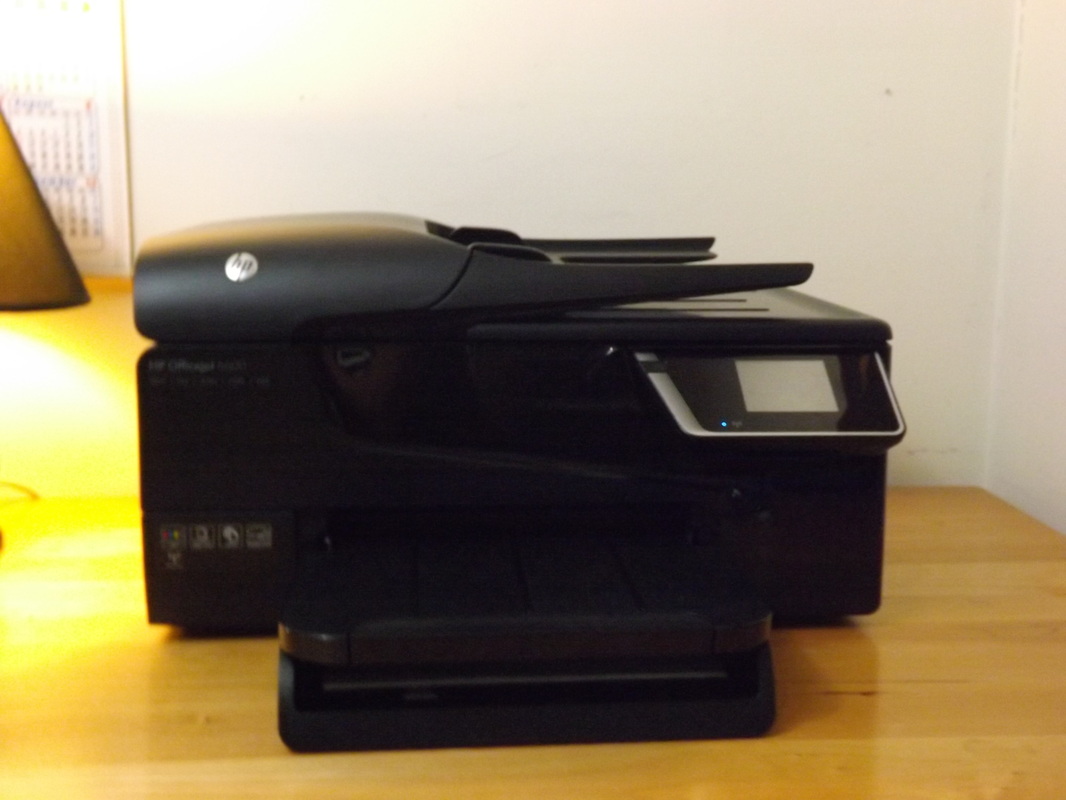
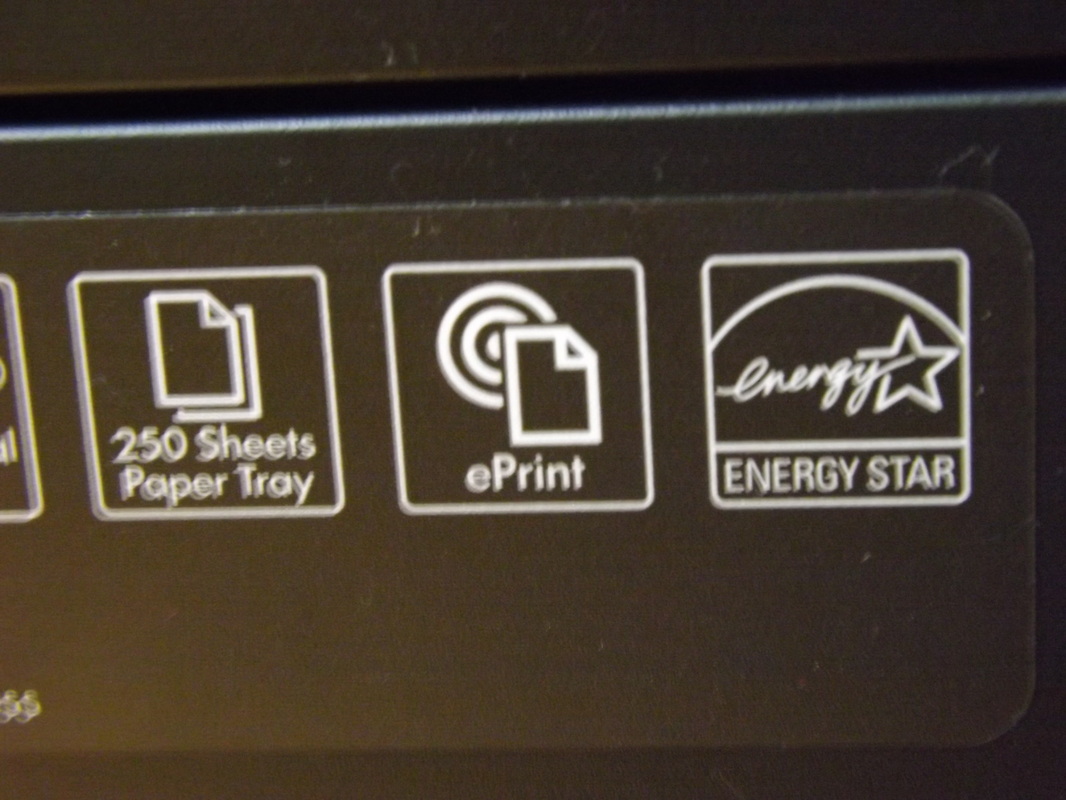
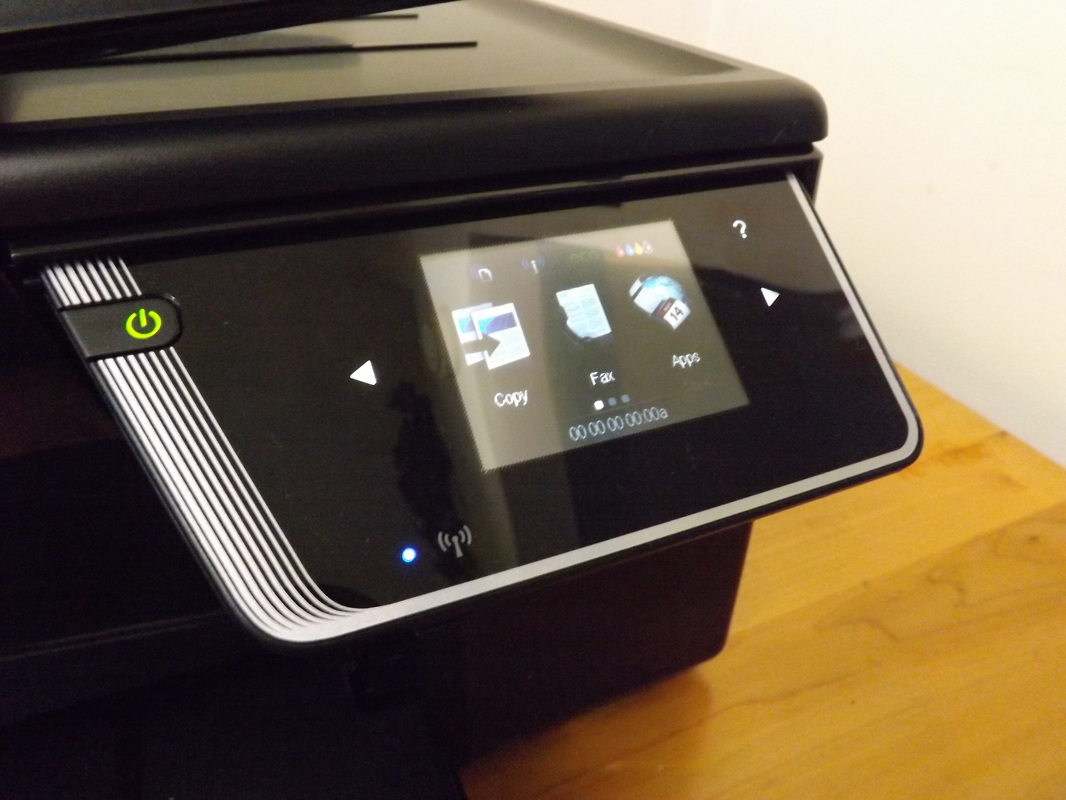
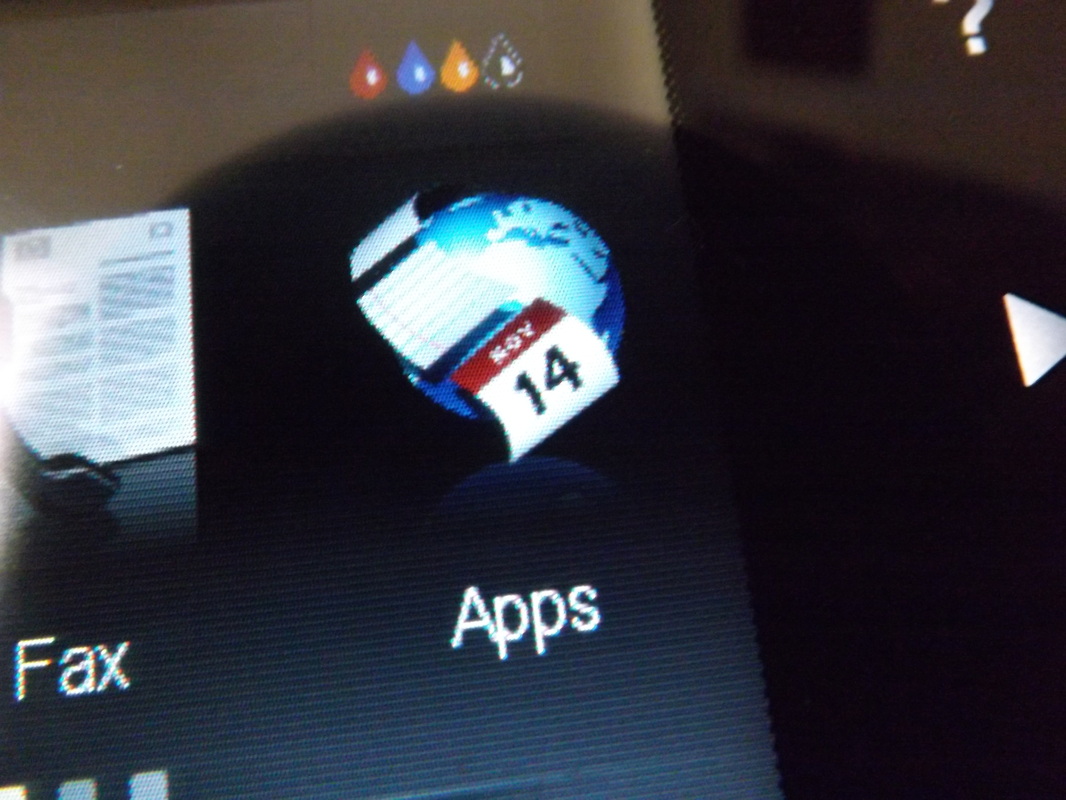
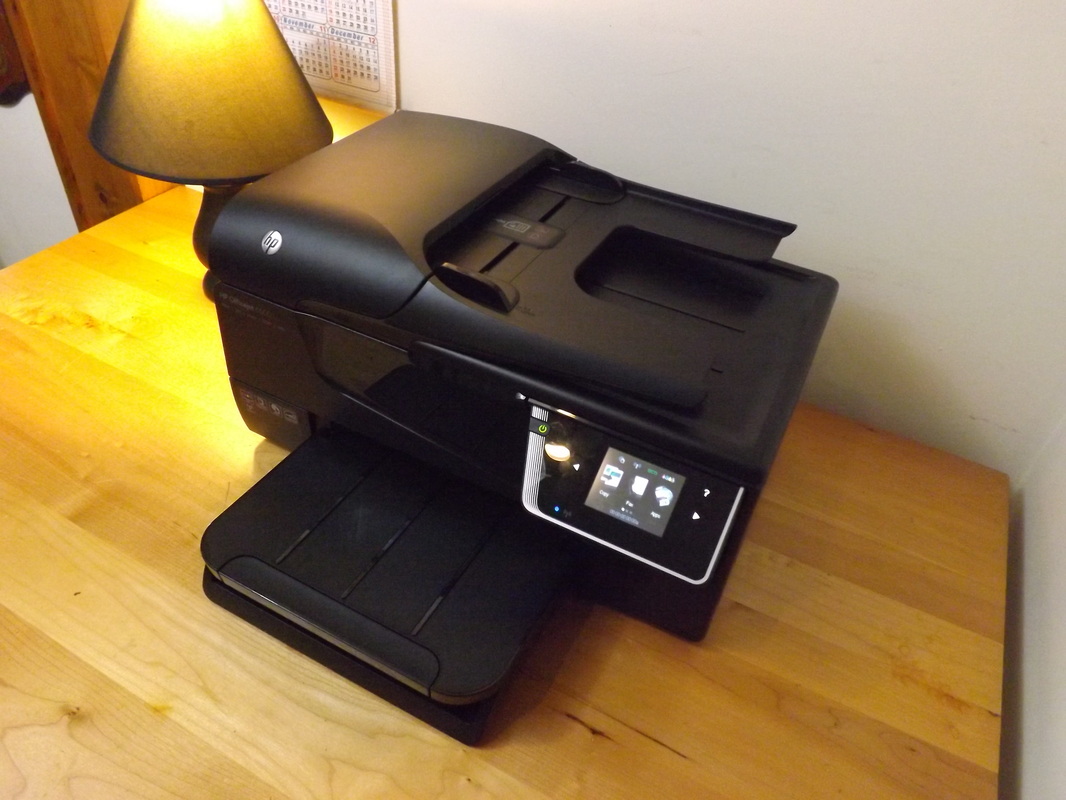
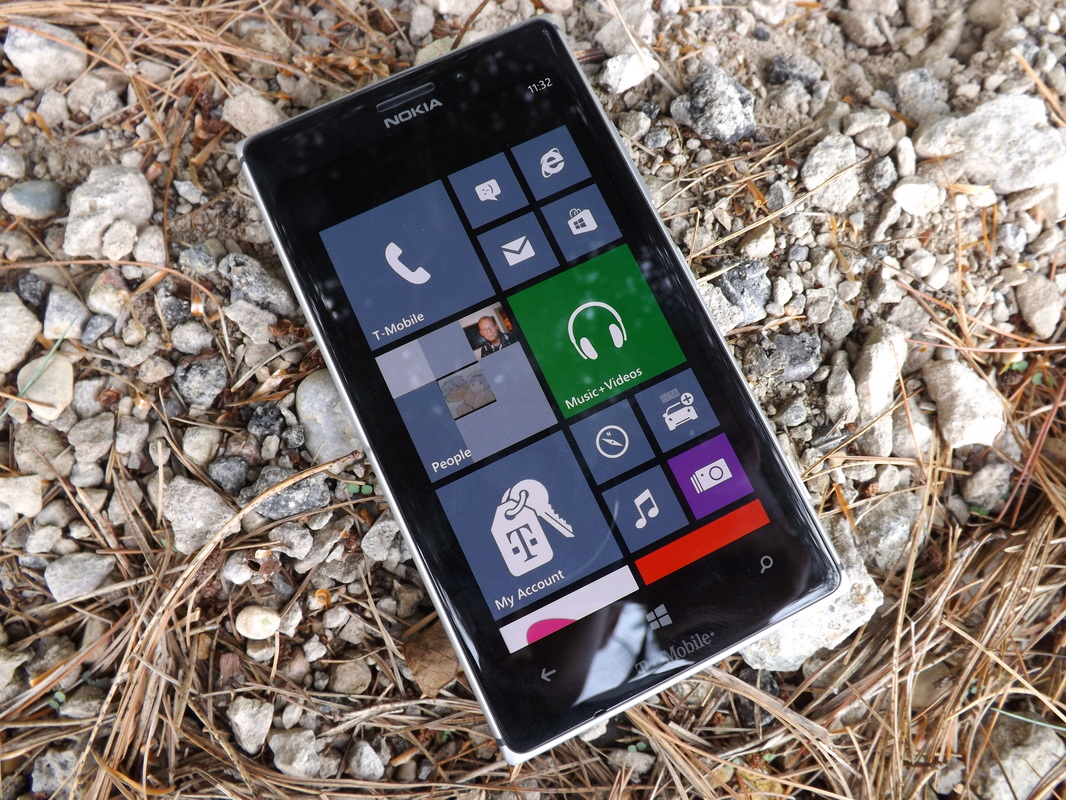
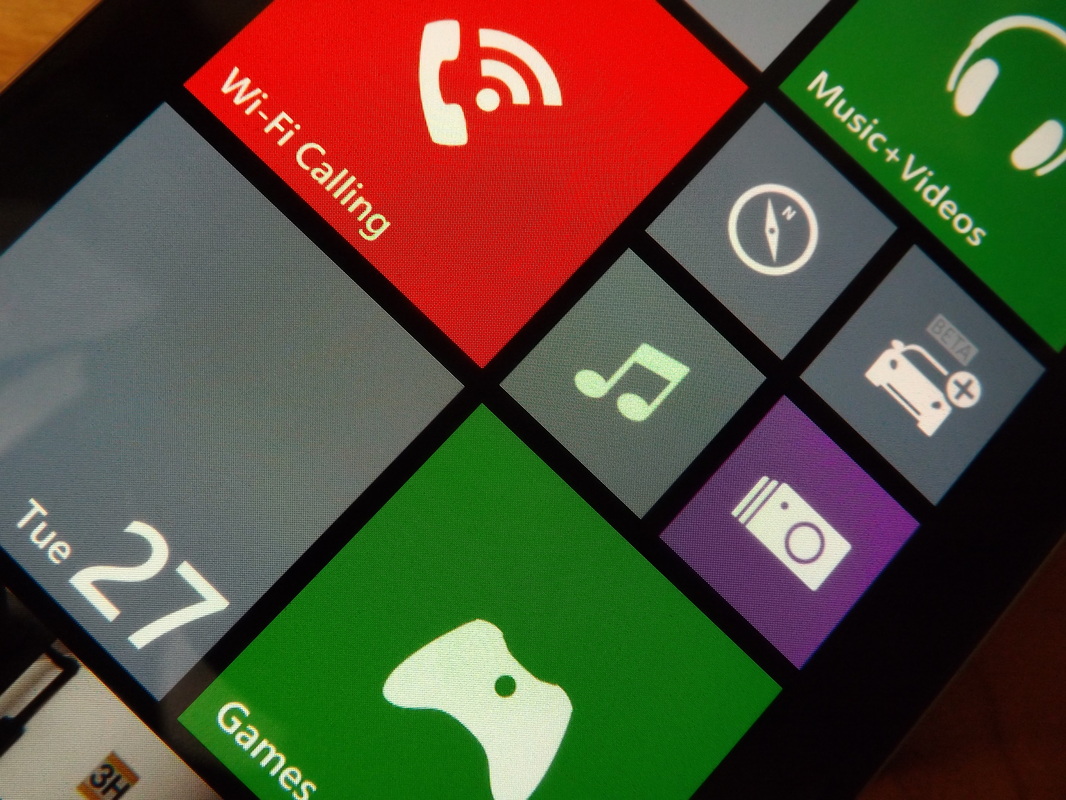
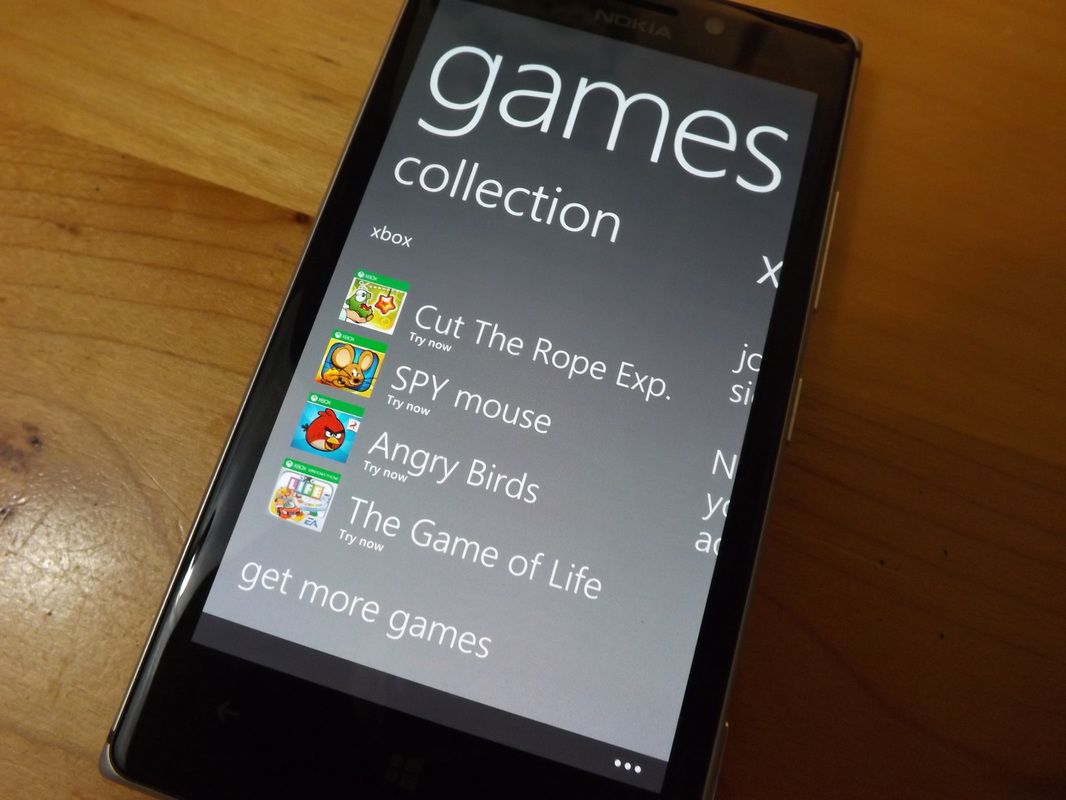

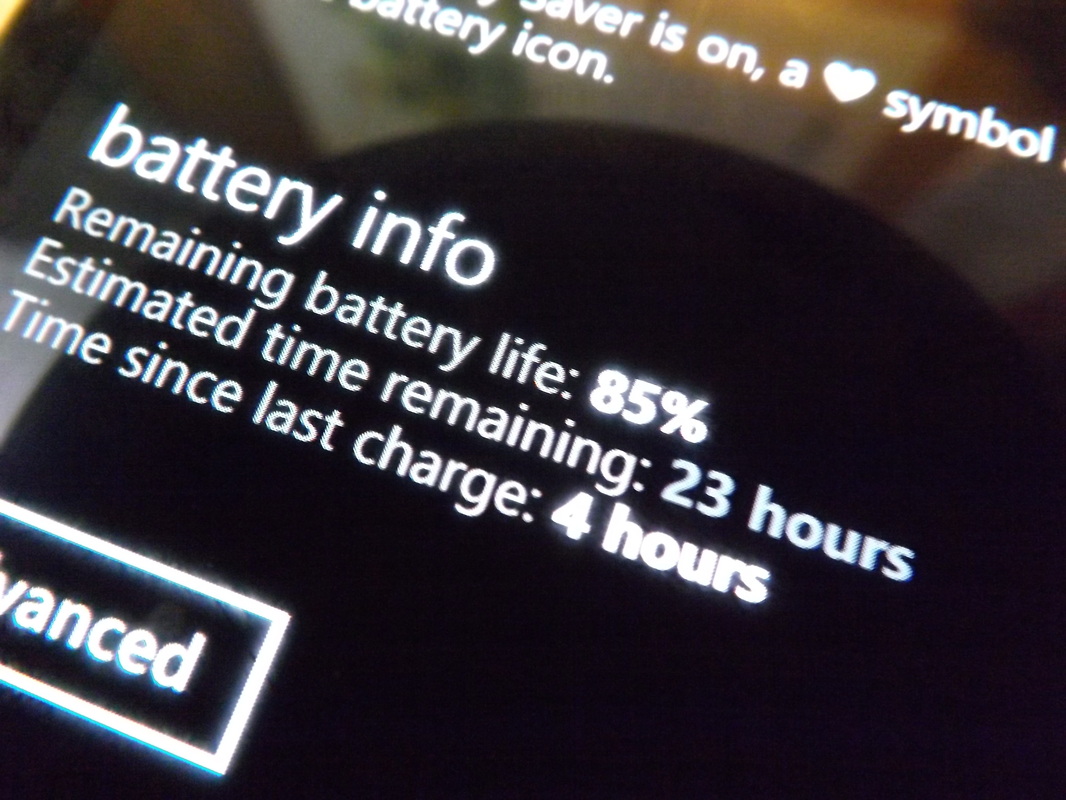
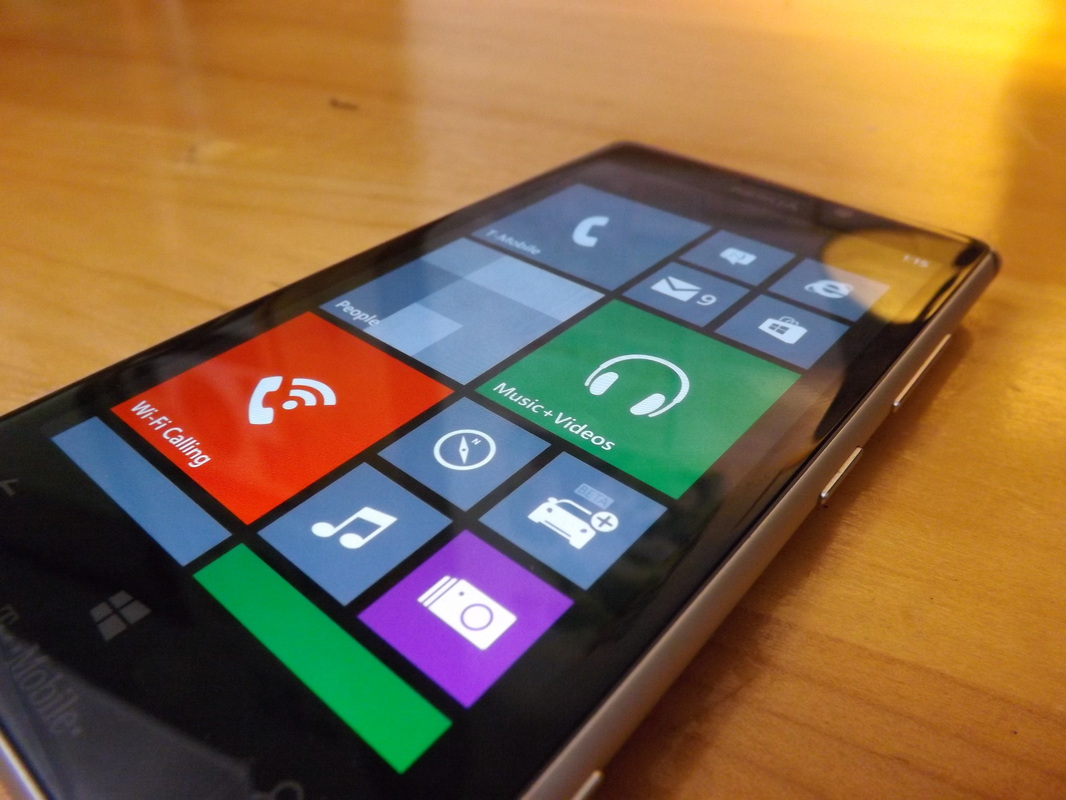
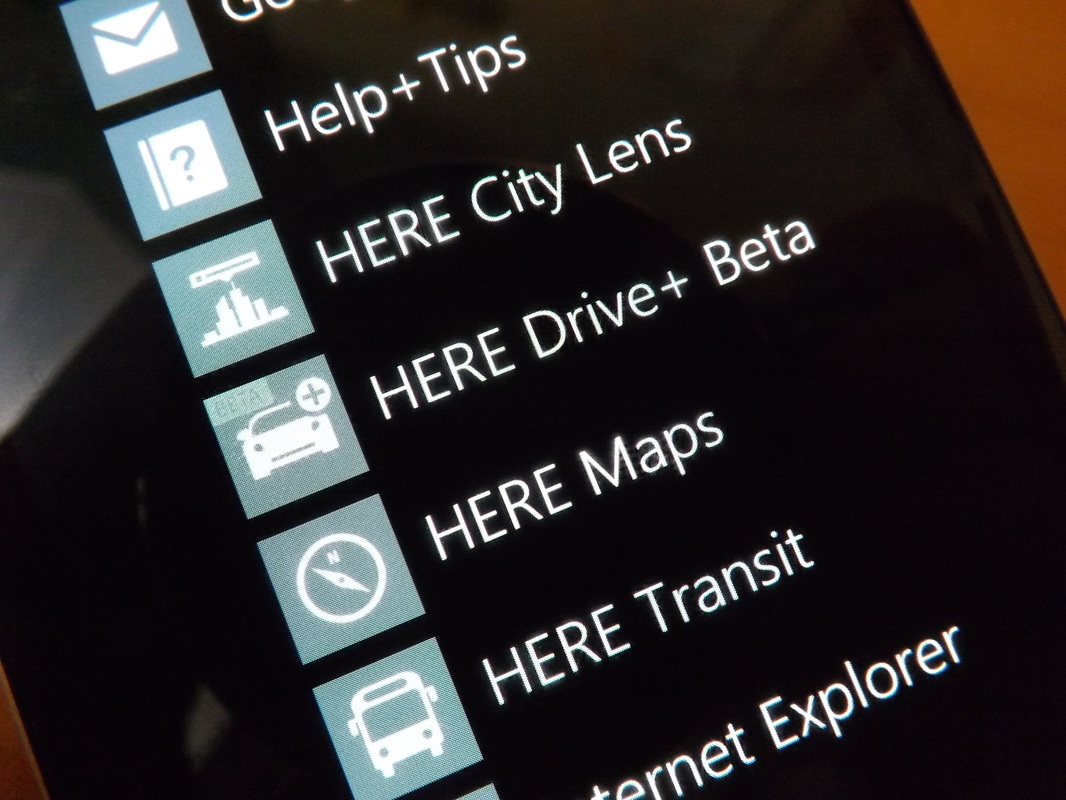
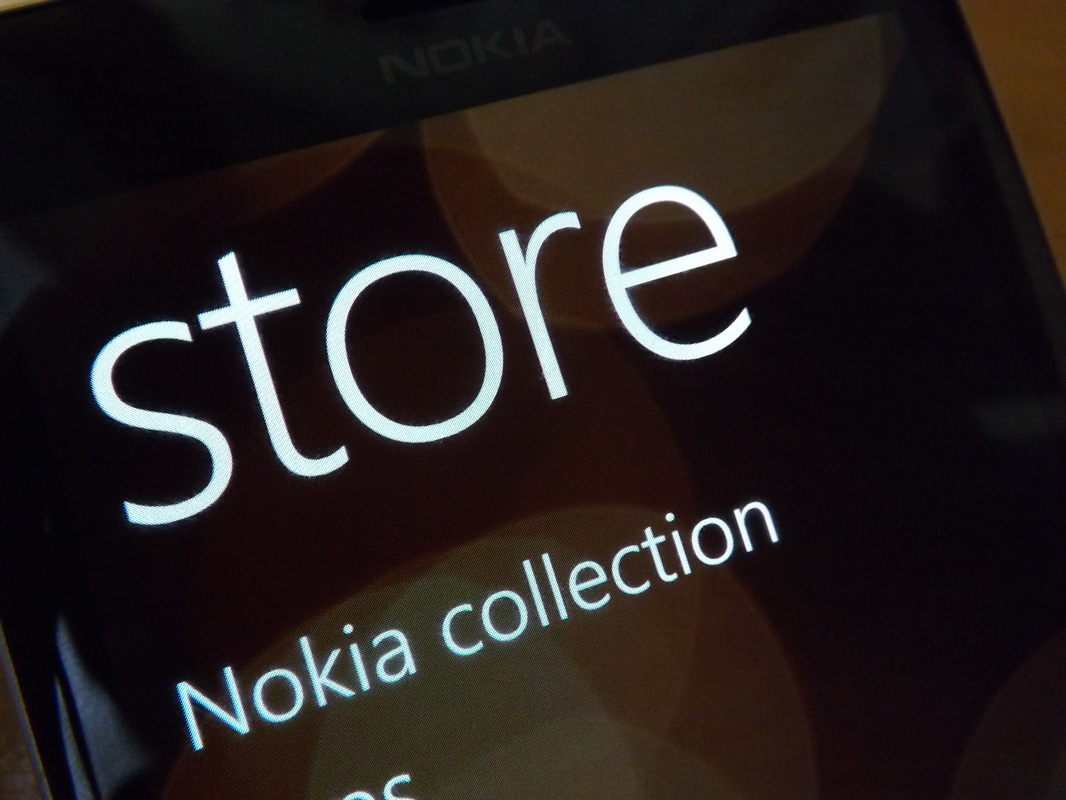
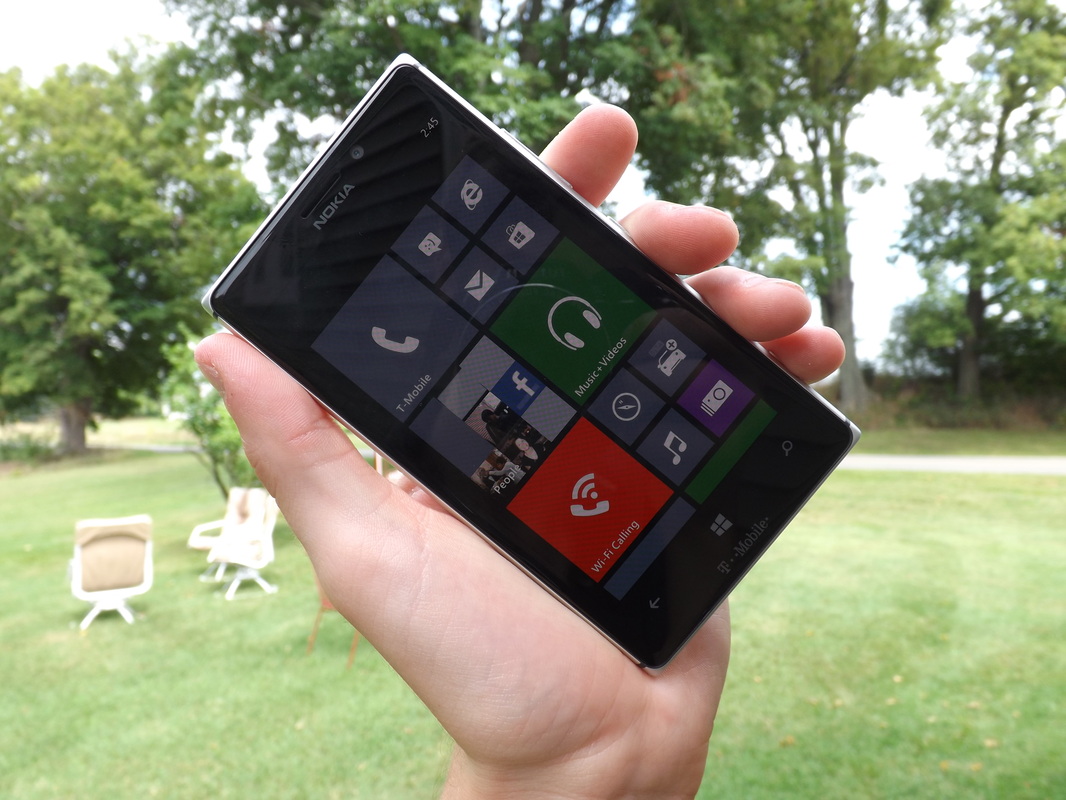
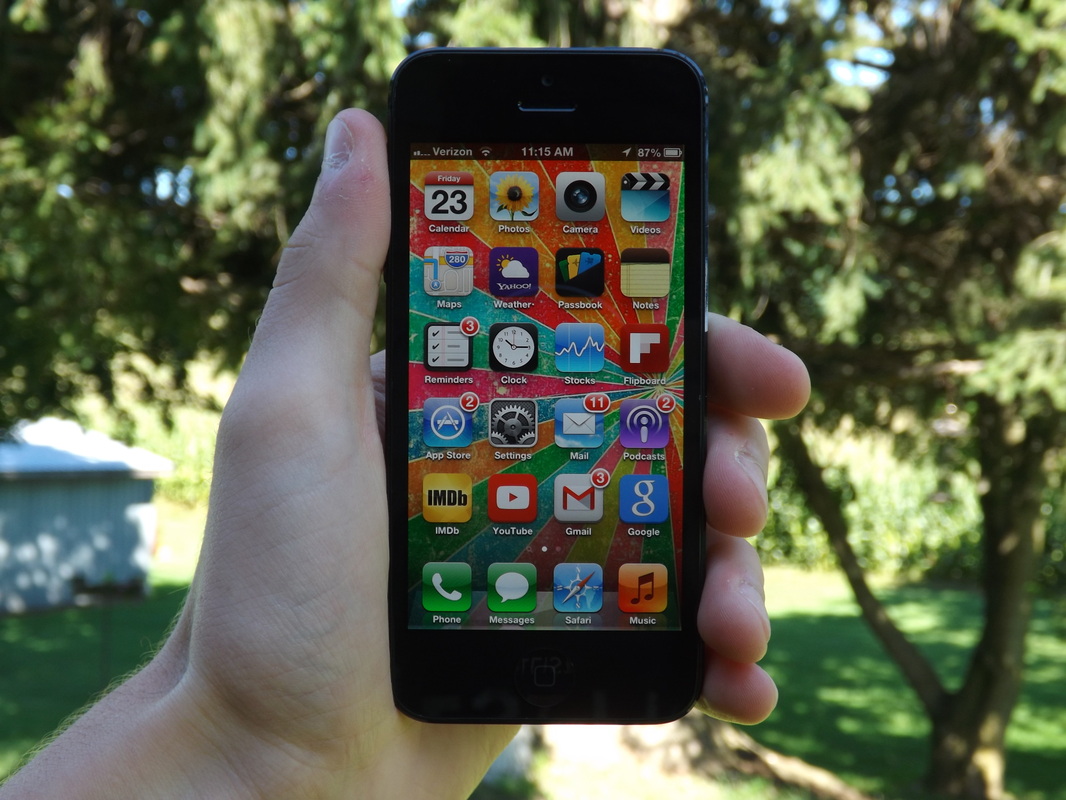
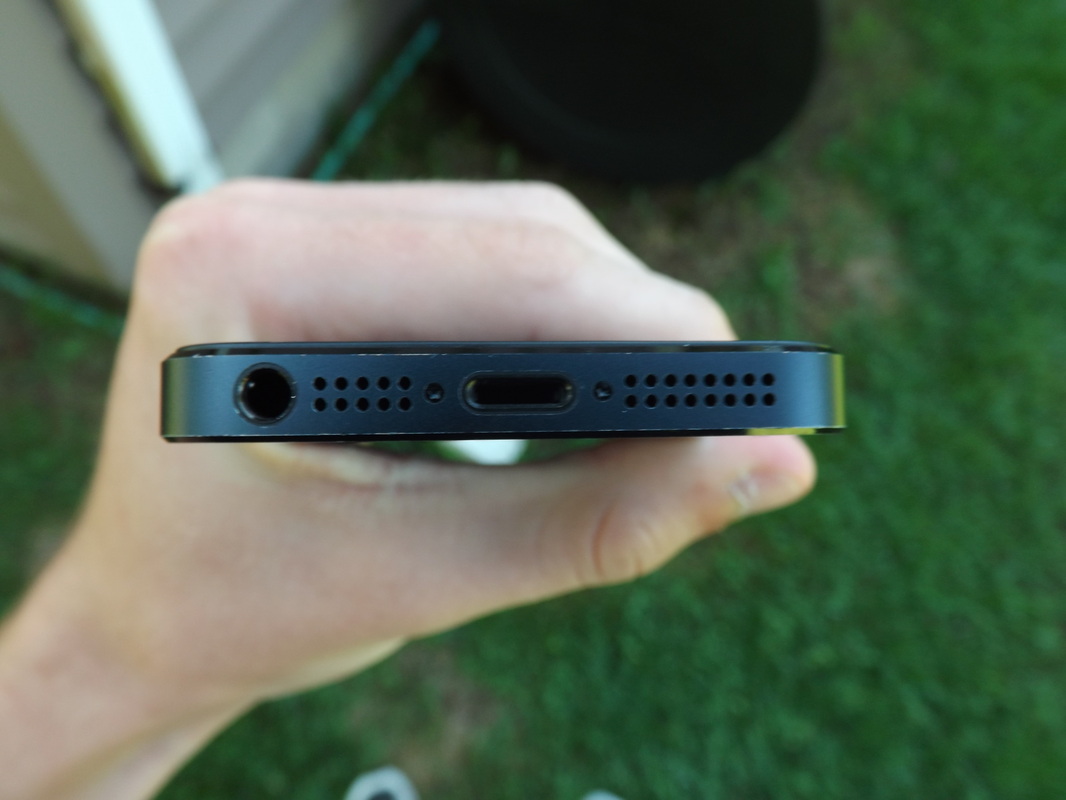
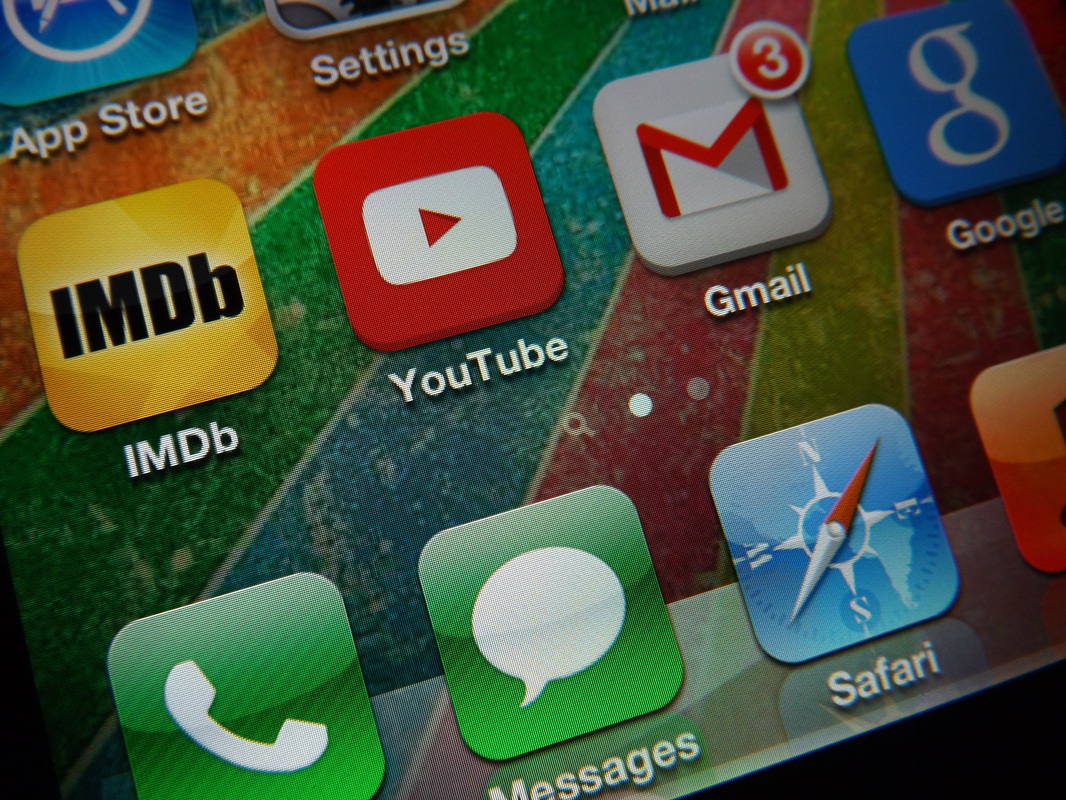
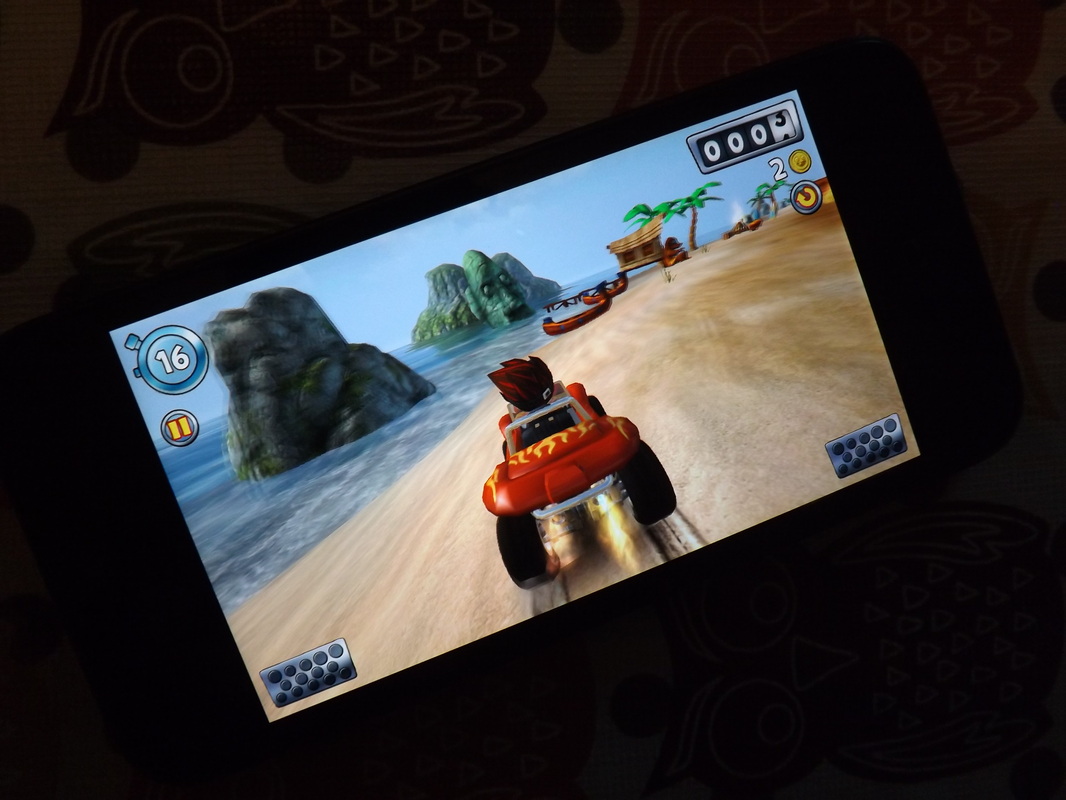
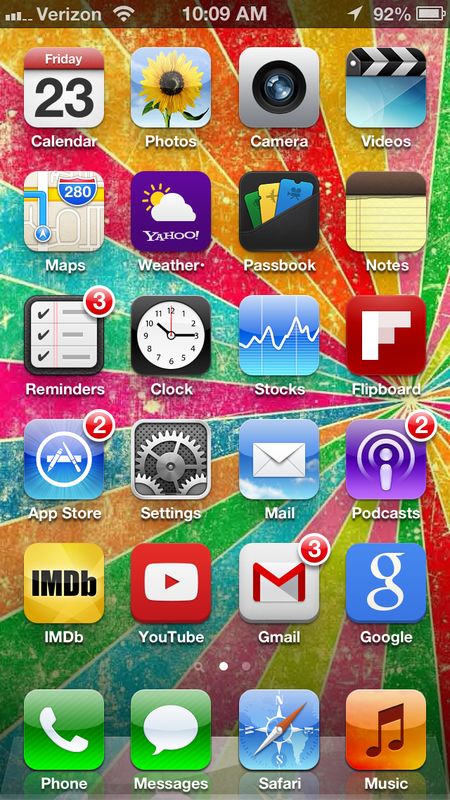
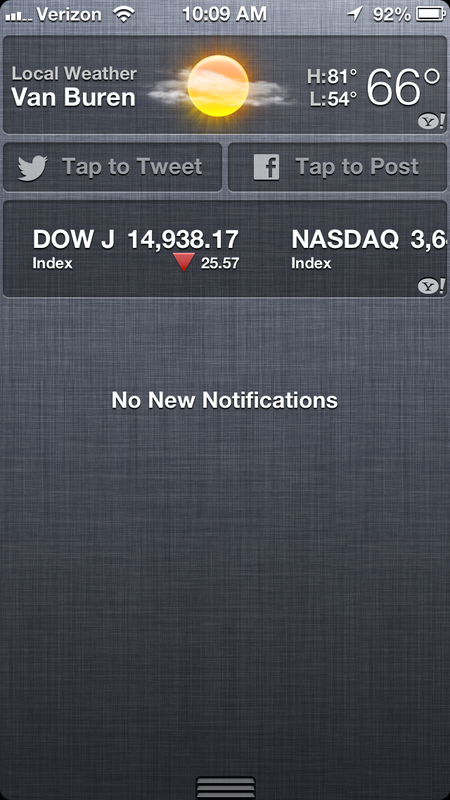

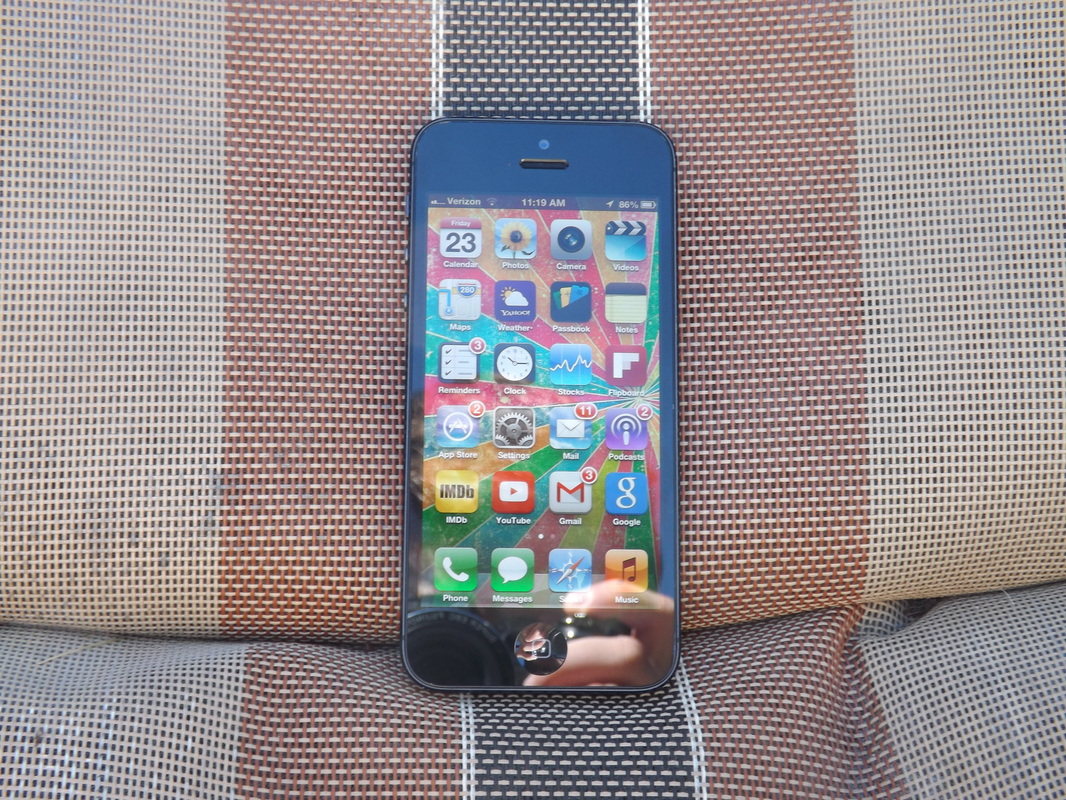
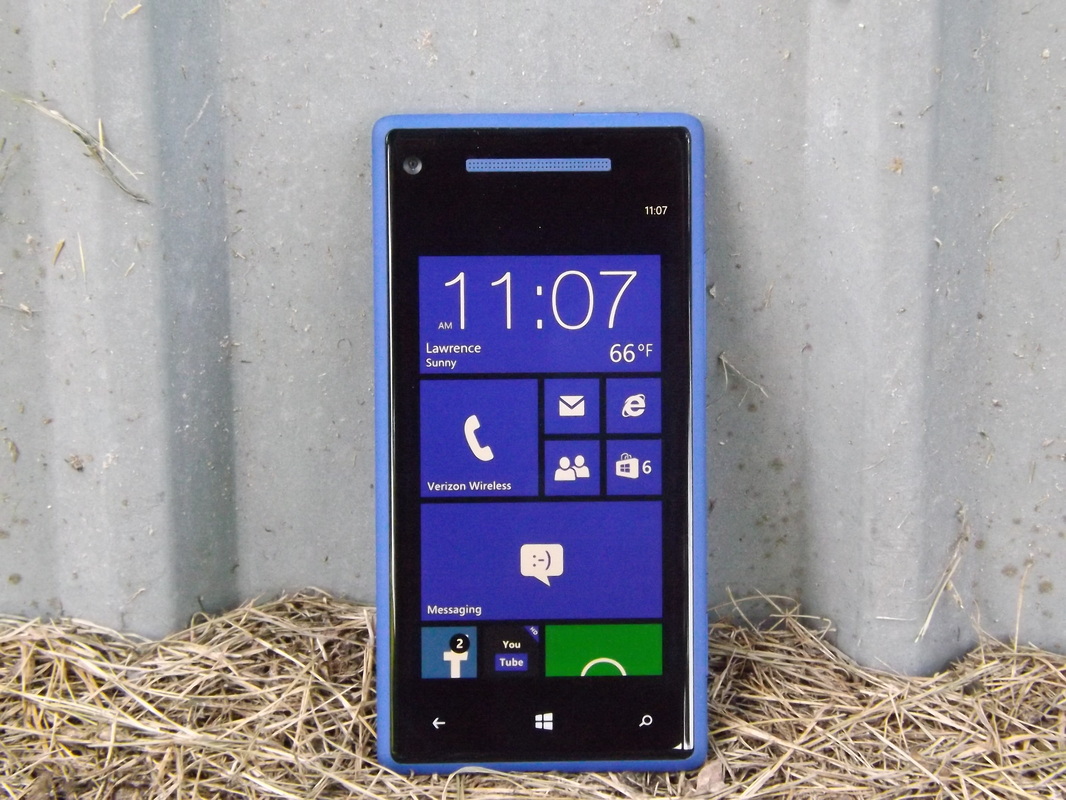
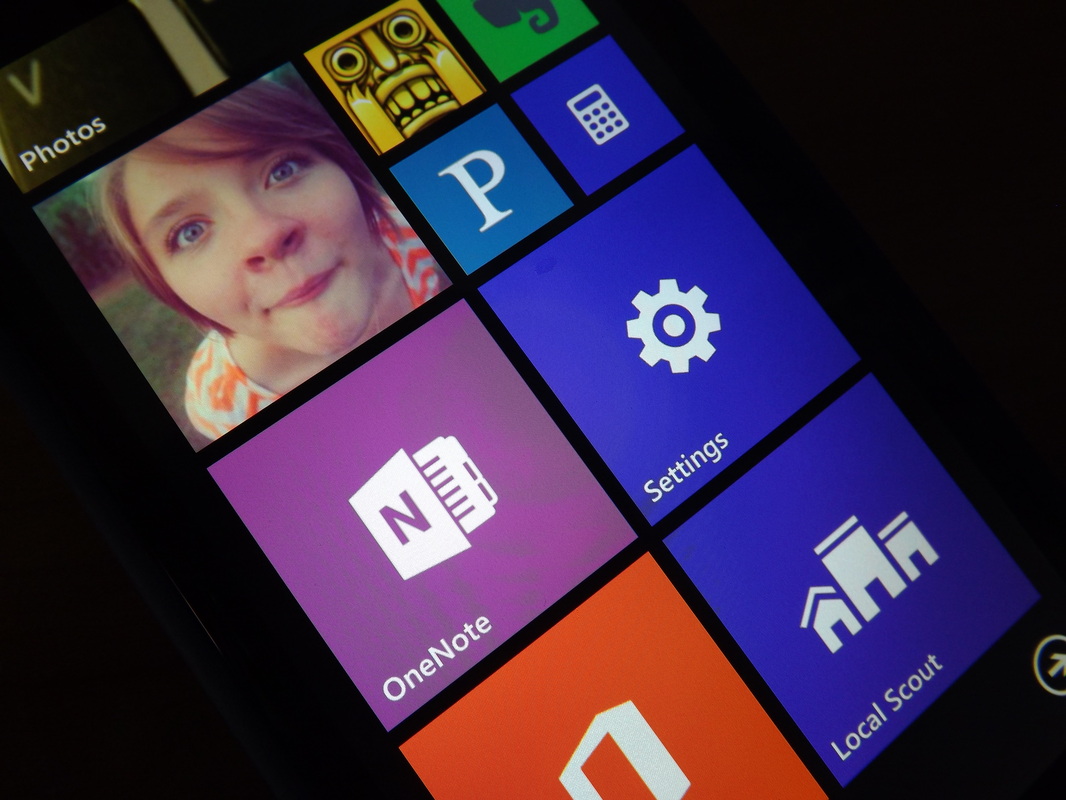
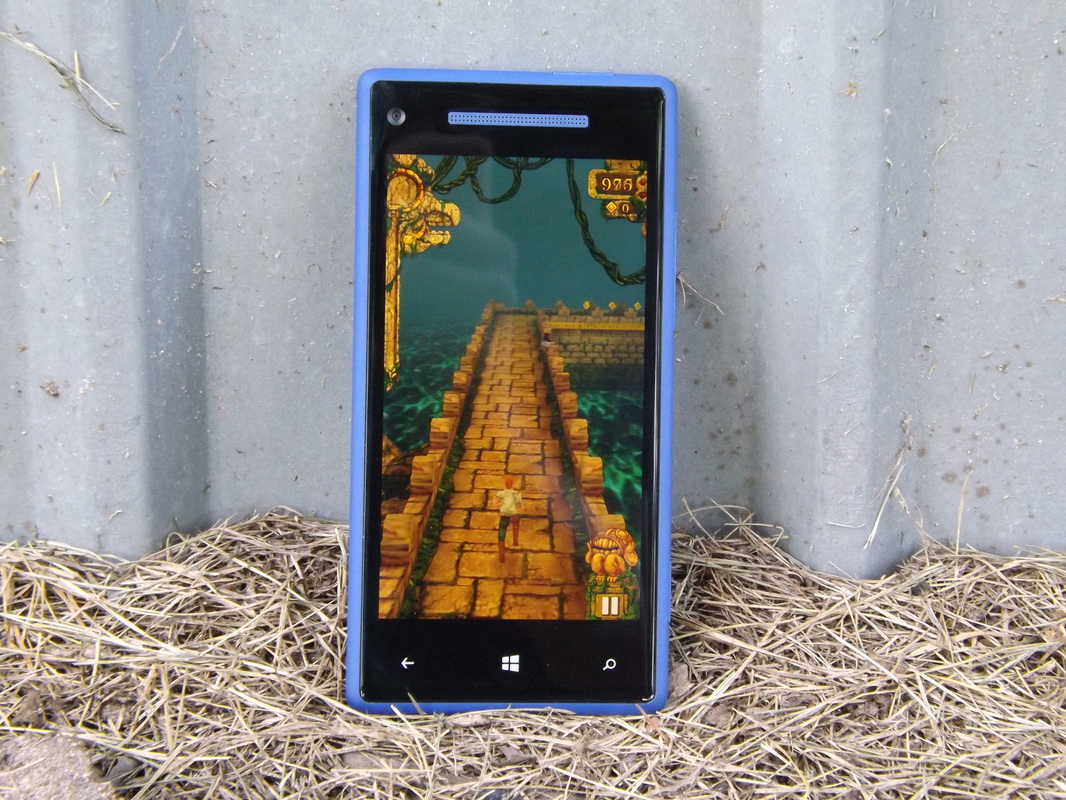

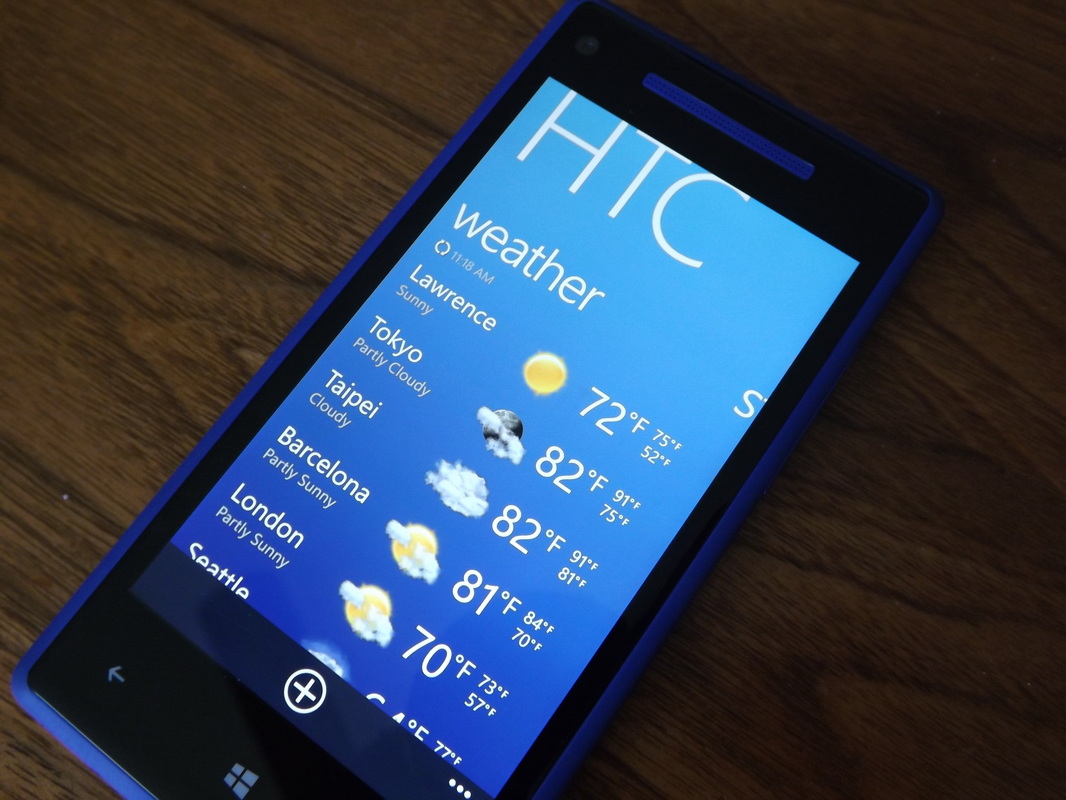
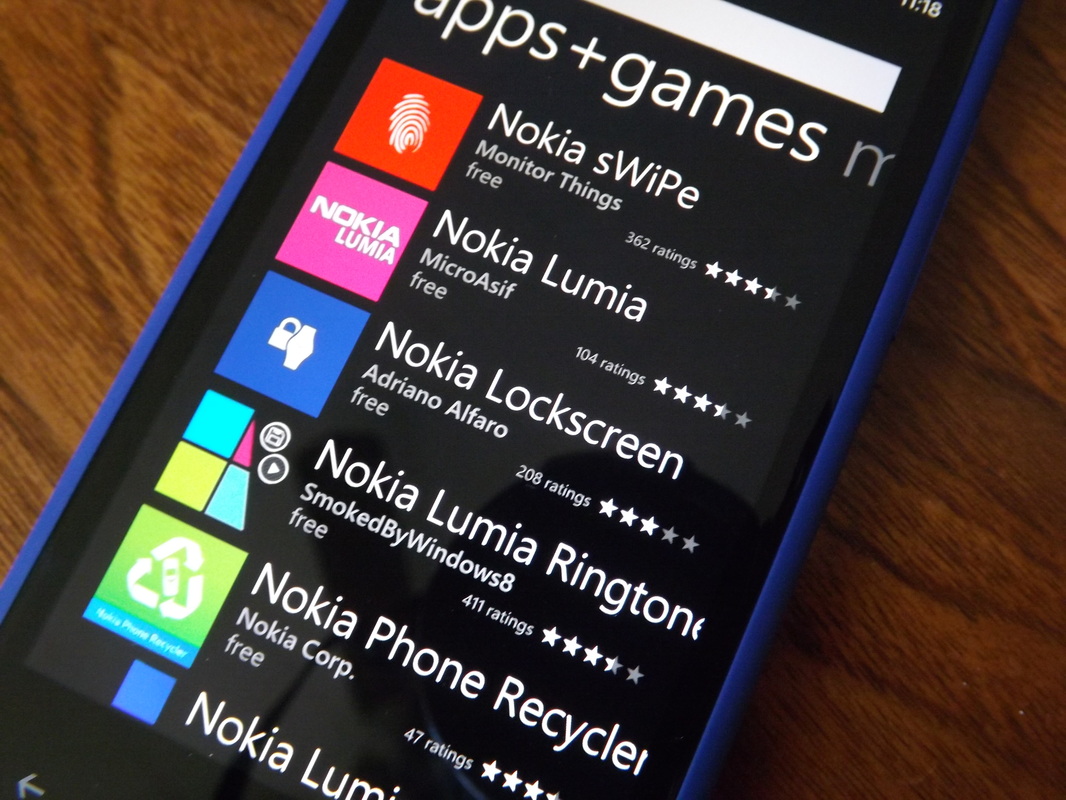

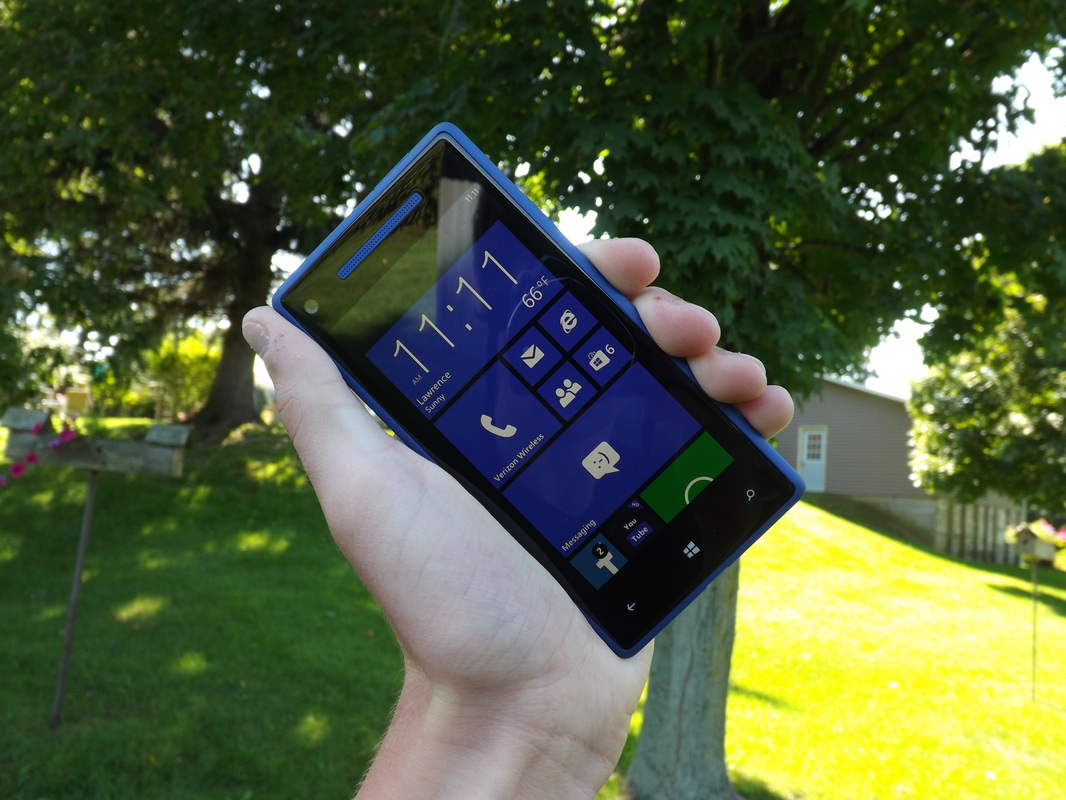
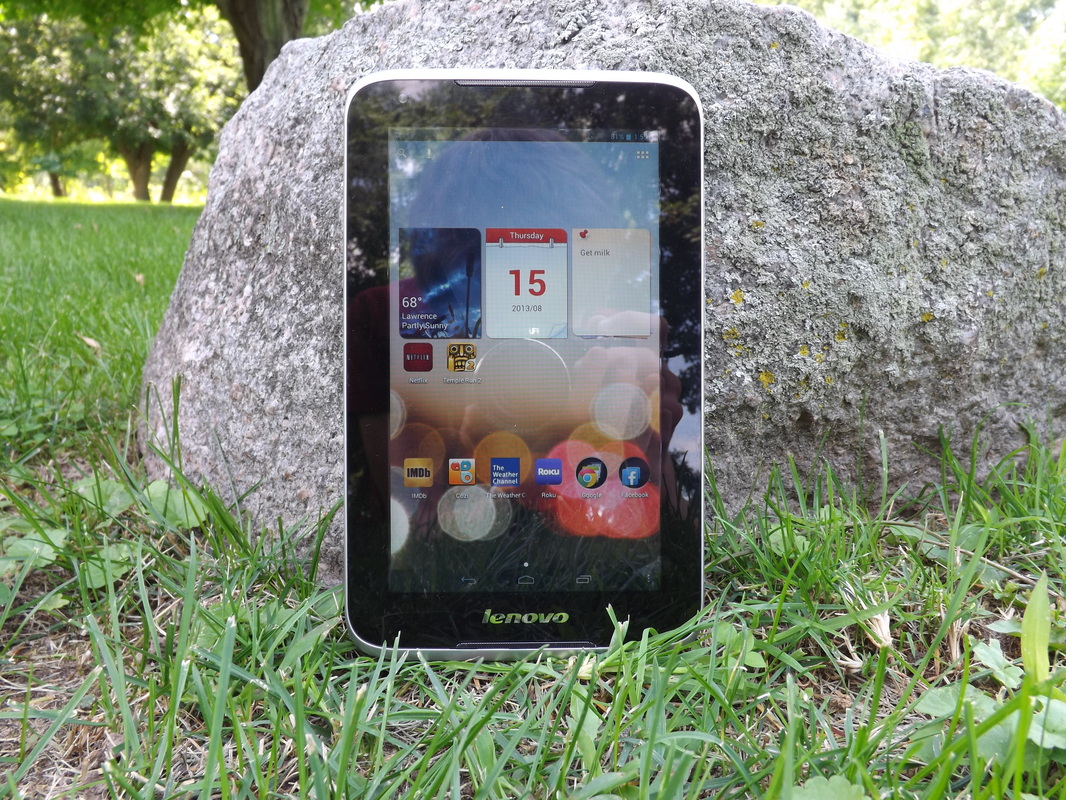
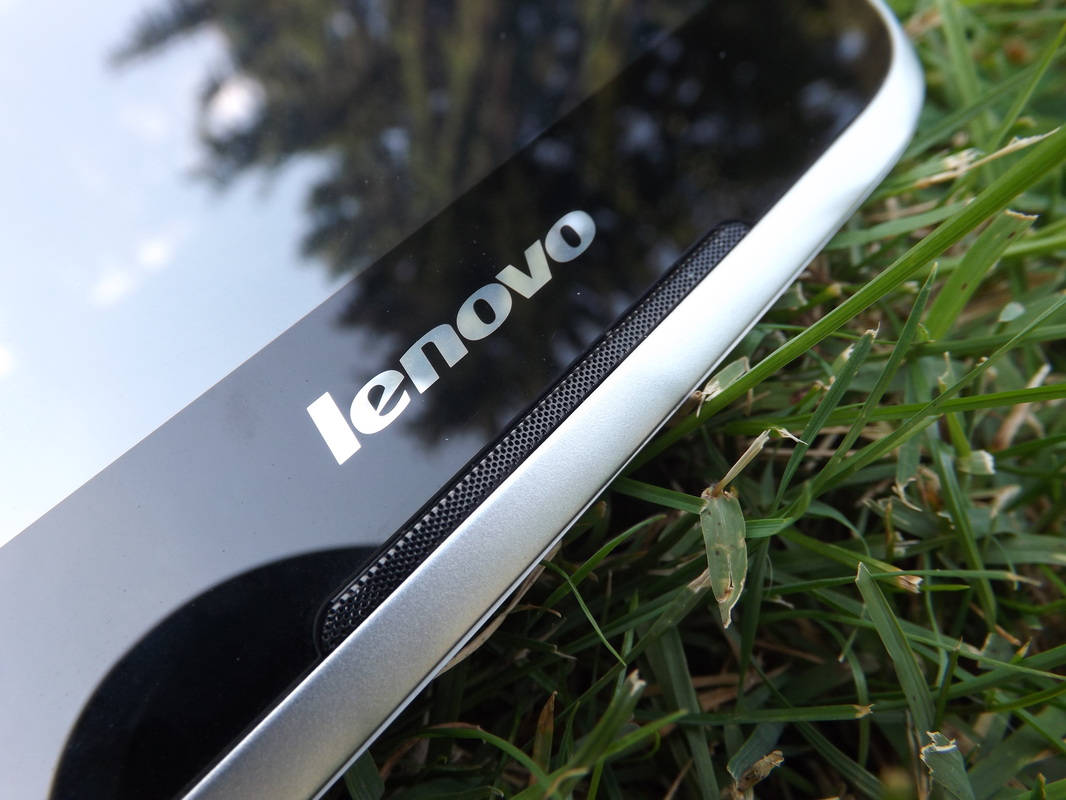
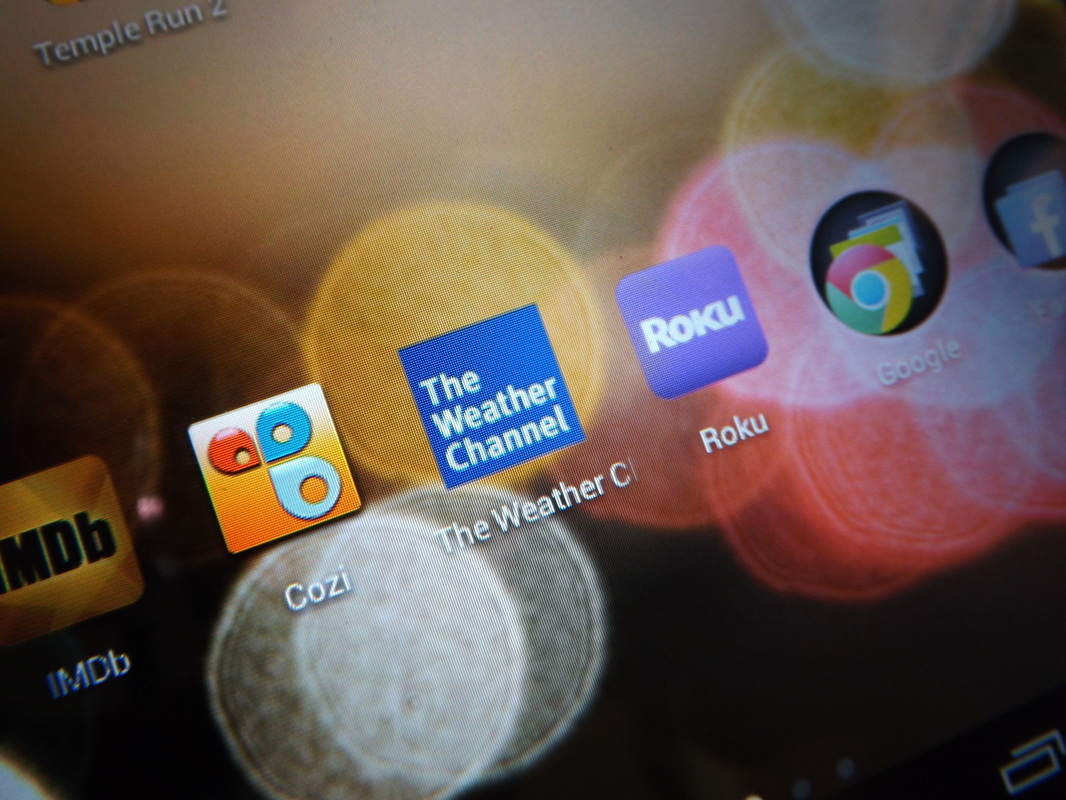

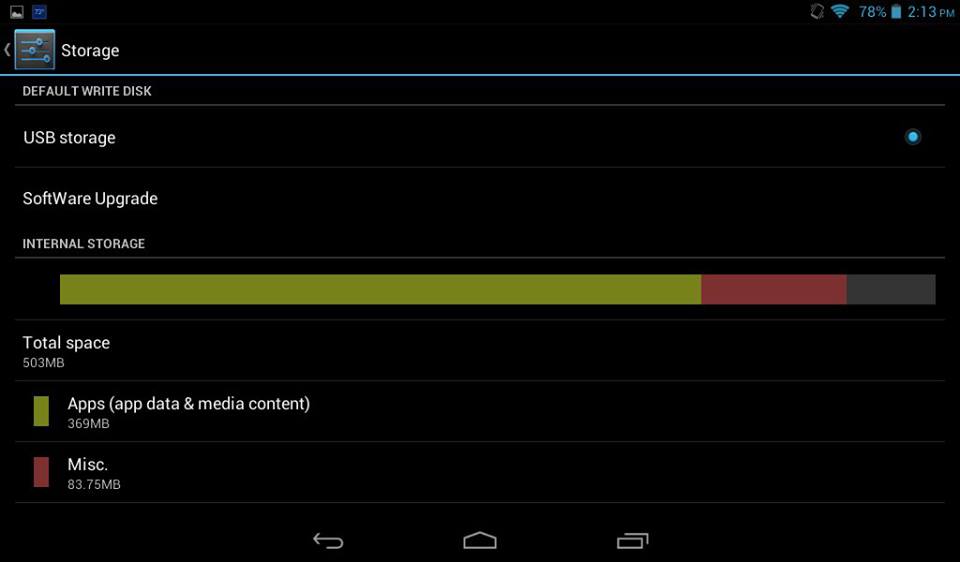
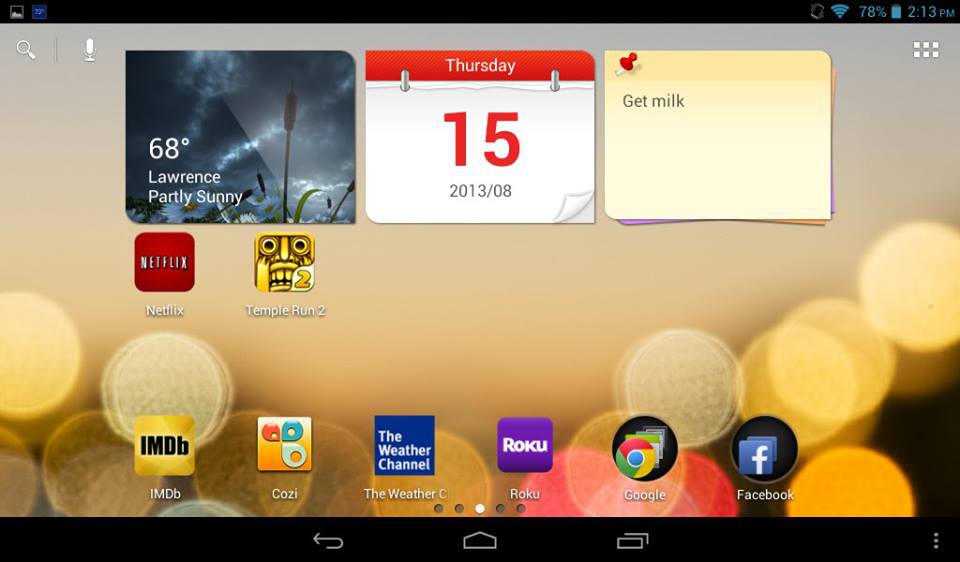
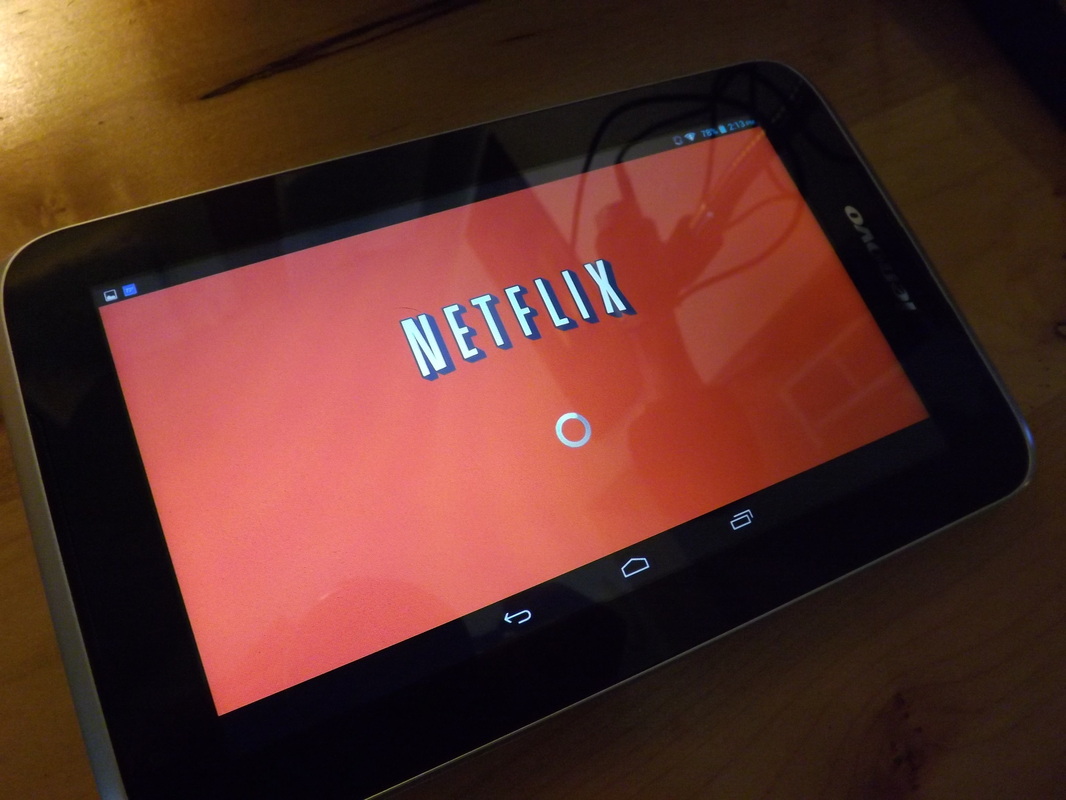
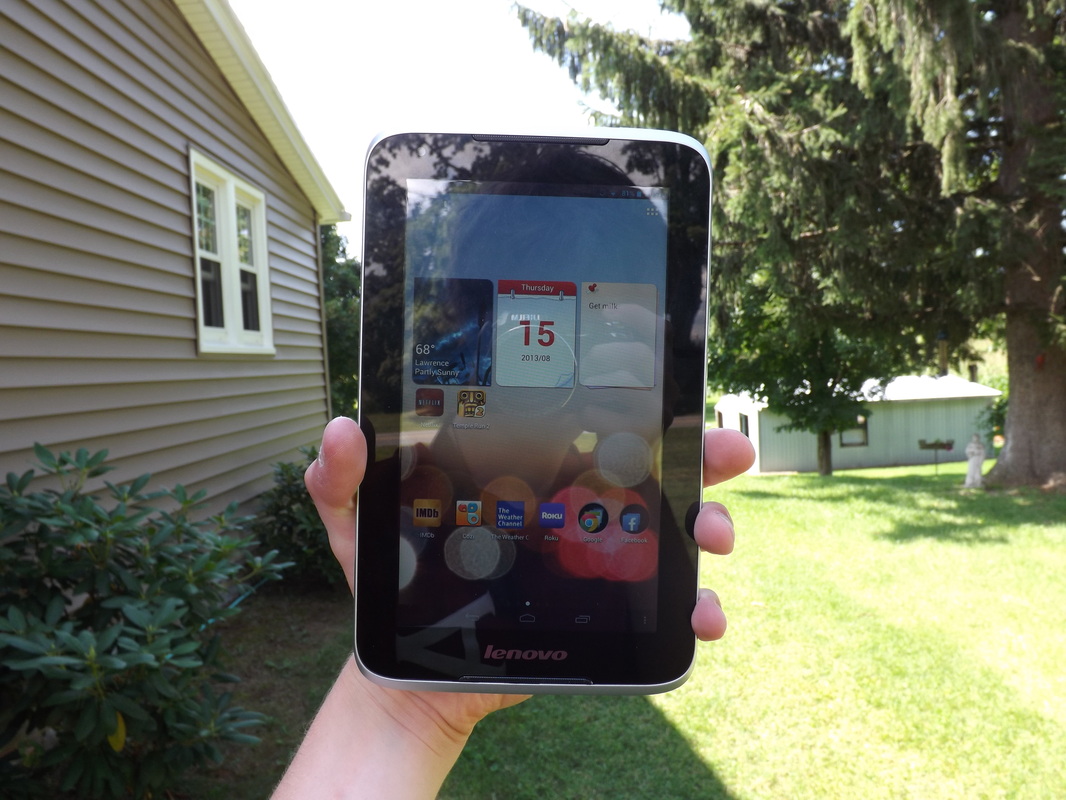
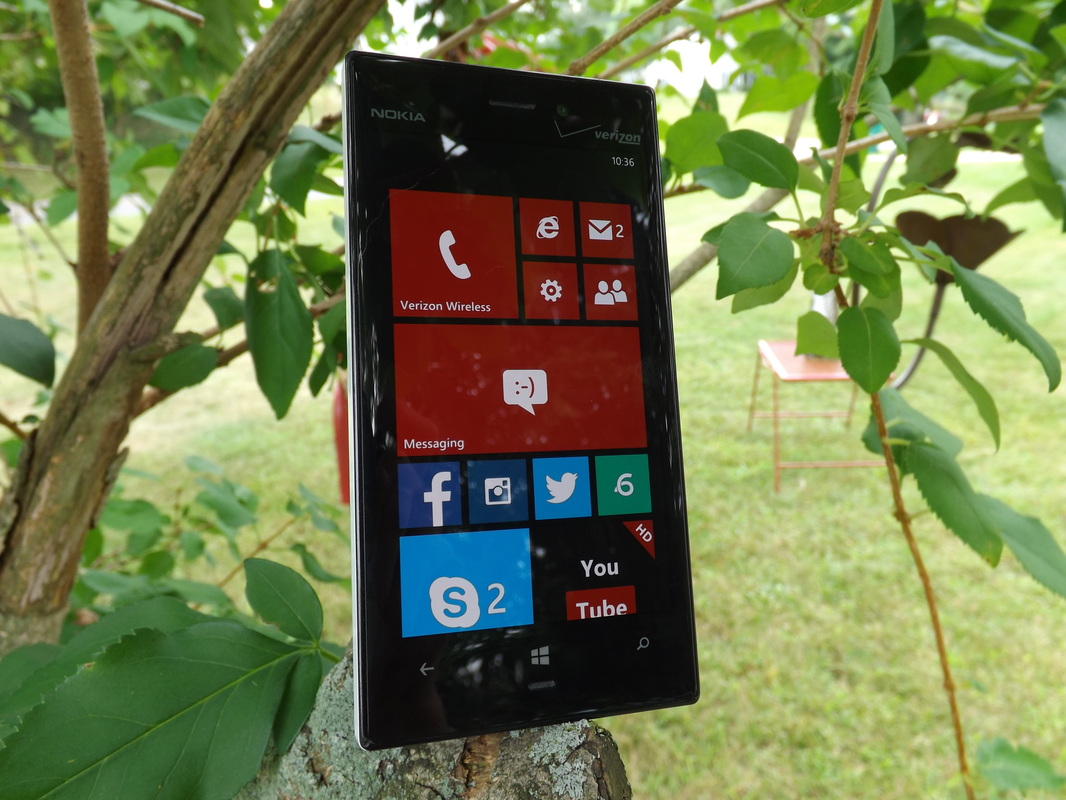
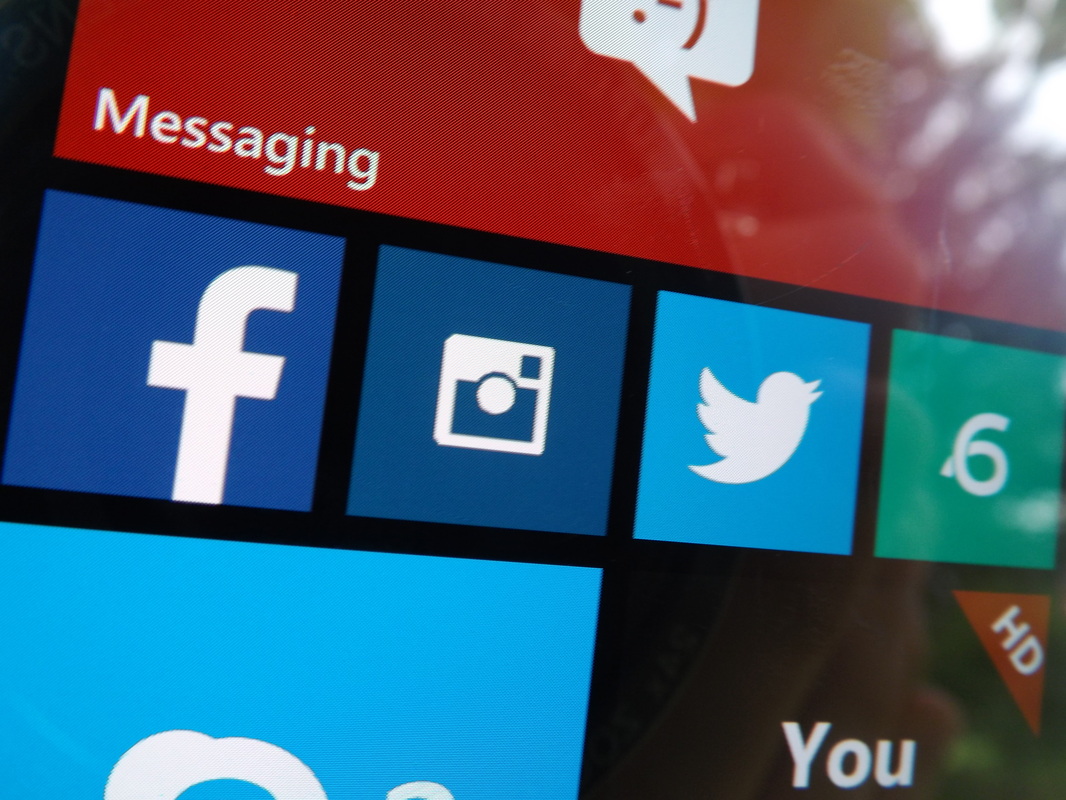

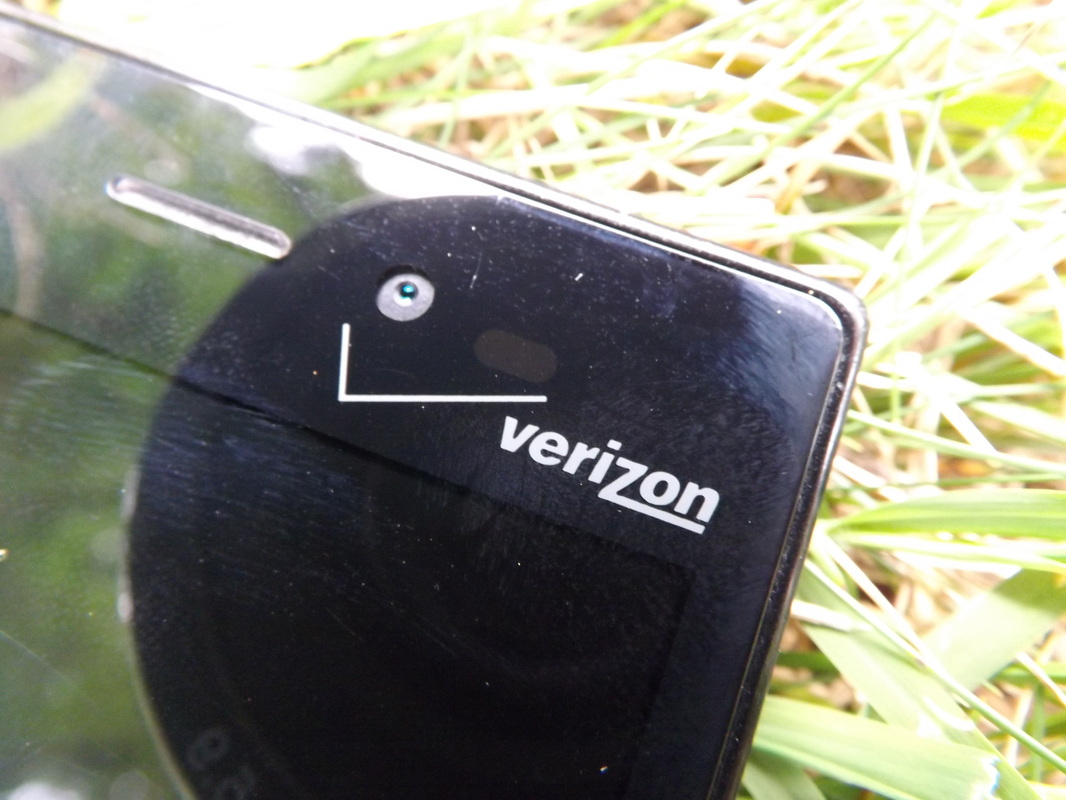
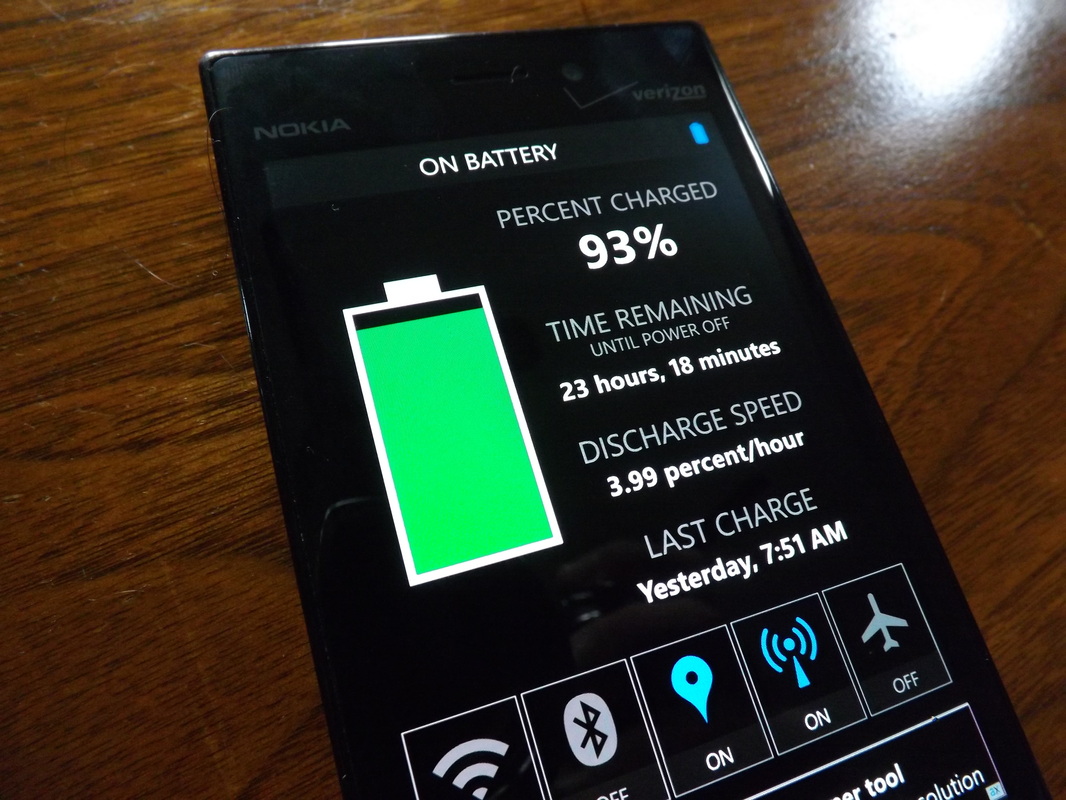
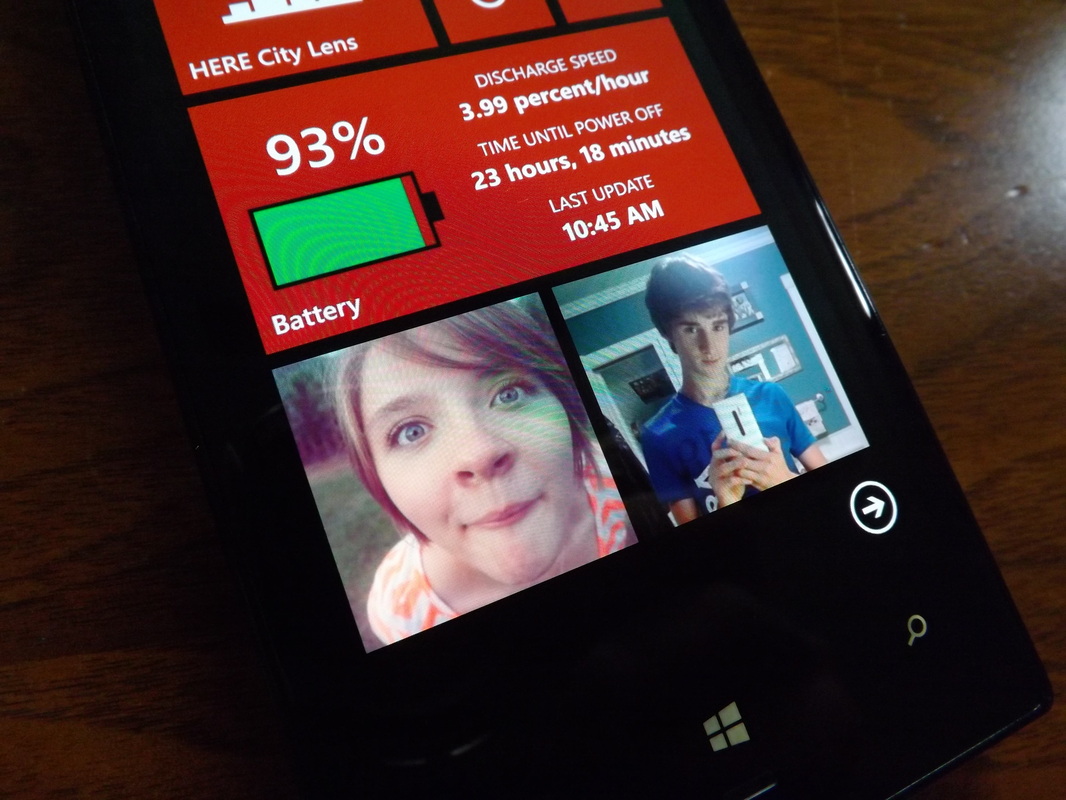
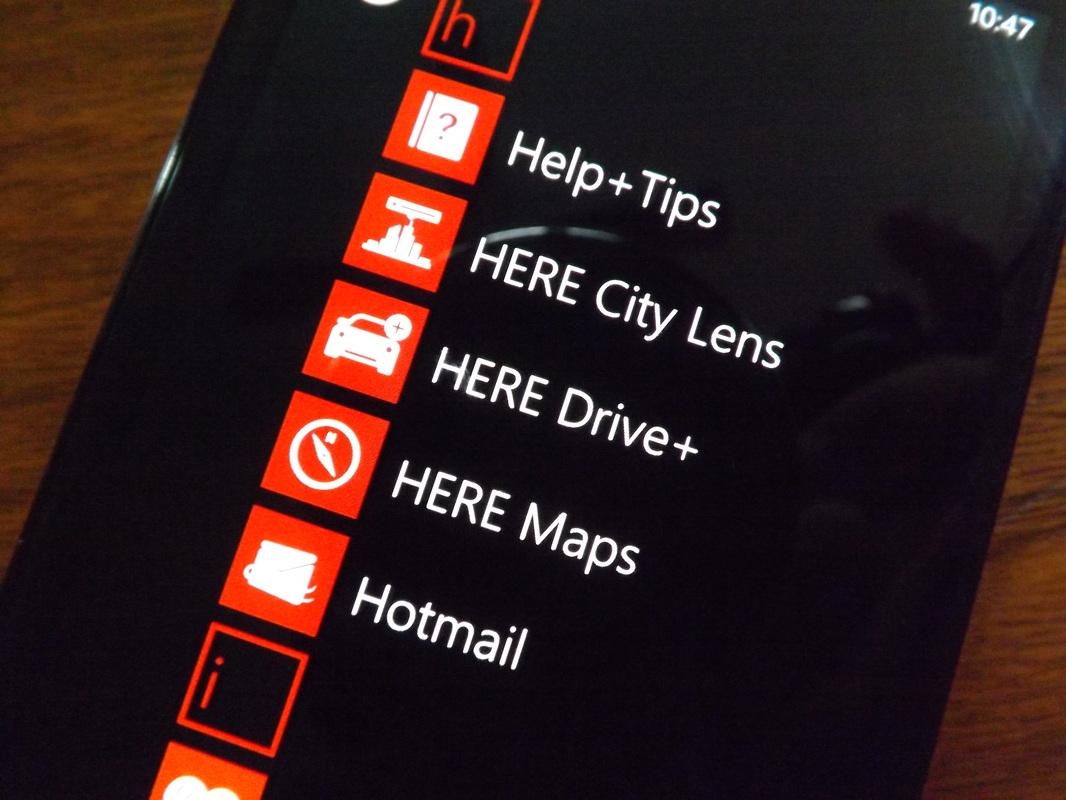
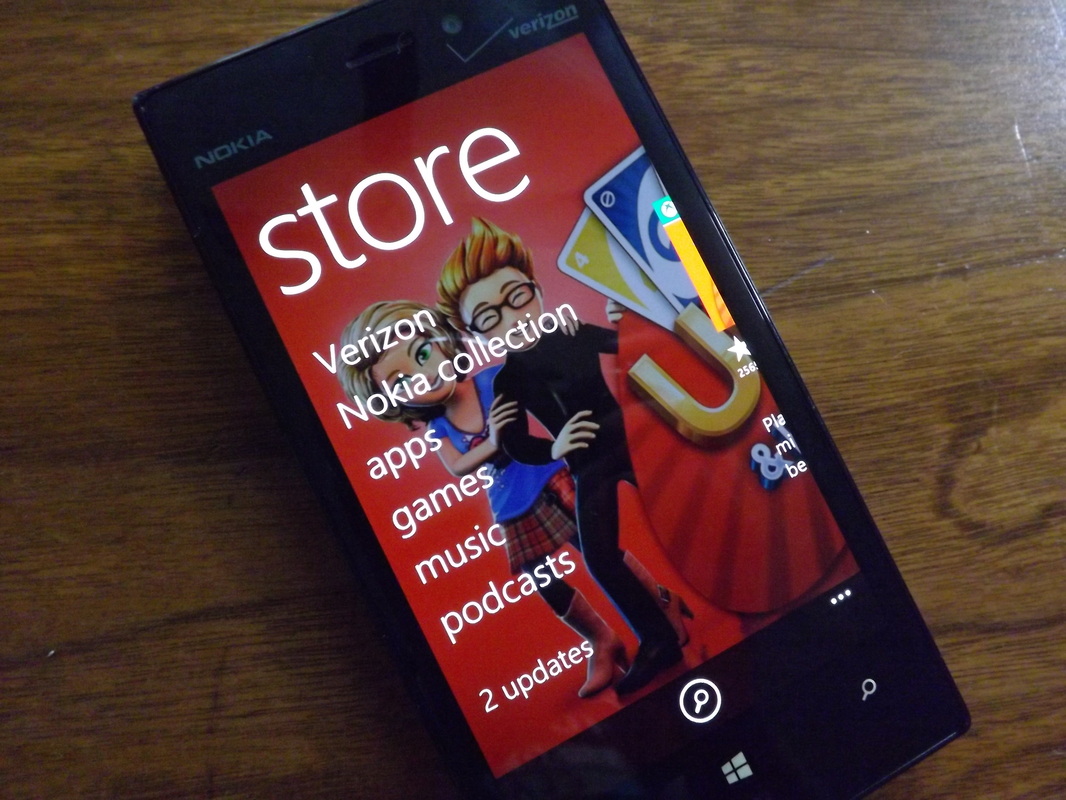
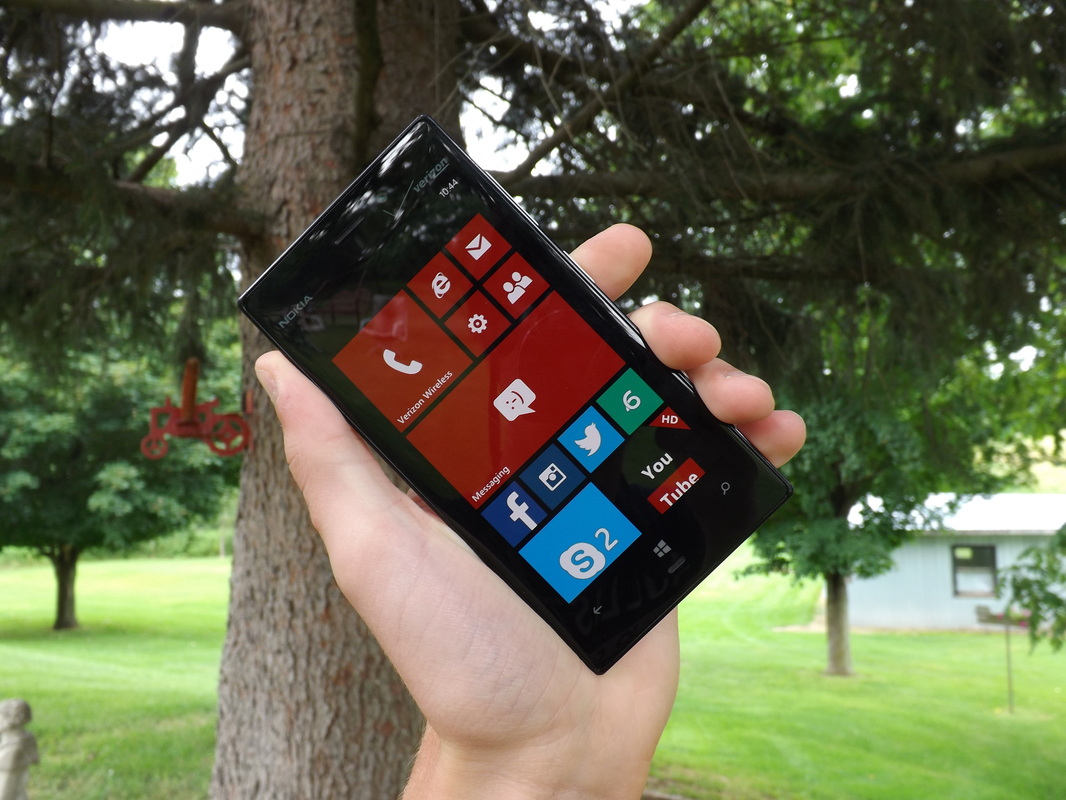
 RSS Feed
RSS Feed